|
Painted Redstart, Madera Canyon, March 15, 2018 If you have been following my blog, you will have noticed that the majority of posts are about Southeast Arizona, which for me means everything east and south of the Tucson metropolitan area and Mt. Lemmon, roughly bounded by Interstate 19 to the west, the I-10 corridor to the north, and the state line with New Mexico to the east. Last week we traveled south of Tucson to the Santa Rita mountains and Madera Canyon, then east to the Huachuca Mountains and Sierra Vista Southeast. This post is on the Santa Ritas and Madera Canyon, part 2 will be our exploration of the Huachucas and Ramsey Canyon. The entrance to Madera Canyon is in the northern foothills of the Santa Ritas, at 4500 feet elevation. It is 14 miles, 27 minutes by car from Green Valley, right in their backyard. From Tucson, the usual route is south on I-19 to Green Valley, then Continental Road to White House/Madera Canyon Road to the entrance. However, we decided to stick to the "blue highways" and took Kolb south to Valencia west, then south on Wilmot, west on W. Sahuarita Road to S. Nogales Highway to Continental Road. It is a smooth and uncrowded route through beautiful Sonoran desert. And, you get to drive by several federal prisons! One way the trip is 50 miles, and about 1 hour 15 minutes. Madera Canyon is part of the Coronado National Forest. This link is a great resource. There is hiking and picnicking, and of course, birding, but no overnight camping. However, there are several lodges, including our choice on this trip, The Chuparosa Inn, Bed and Breakfast. Our host was Luis Calvo, who you can see giving a video tour of the canyon at Visit Tucson, Santa Rita Mountains. Many thanks to Luis, his wife and staff for a wonderful spot to enjoy the canyon. Chuparosa Inn, Bed and Breakfast The Chuparosa Inn is right on the main road (above) but also straddles the creek (below). Luis and his wife have done a wonderful job of designing the house and yard to take full advantage of the location. We found some of our best birding was right on their decks and patios at sunrise, close to their feeders and a hot cup of coffee! I set up my tripod with a Wimberley gimbal head and waited for the show to begin. Broad-billed HummingbirdThe Broad-billed Hummingbird is a small colorful bird with a red bill, dark at the tip, and a notched tail. Males have a blue throat and bluish green belly. We can see the distinctive field marks in the bird above, perched above the creek in the afternoon sun. They live year round in Mexico, and come as far north as SE Arizona and New Mexico to breed. All bird's feathers have small muscles where they implant into the skin, which allows them to move the feather, allowing them to "fluff up" for warmth. We can see the difference between the bulky fluffed look of the first frame, and the leaner look of the second frame, above. Below, the bird has raised and then lowered the feathers on the crown, something we will see later in this post in the Rivoli's. Rivoli's HummingbirdRivoli's Hummingbird was formerly known as the Magnificent from the 1980's until 2017, when the northern subspecies of the genus Eugenes was split from the larger southern subspecies of Costa Rica and Panama. The northerners were renamed Rivoli's Hummingbird, and the southern species names the Talamanca Hummingbird. The bird was named in honor of the Duke of Rivoli, an amateur French ornithologist. Anna's Hummingbird was named after his wife, Anna, the Duchess of Rivoli. Rivoli's are large hummingbirds, which is evident when they share feeders with other hummingbirds. The males are dark green above, with an iridescent yellow-green throat and a purple crown. They may appear dark in poor light. They have a white dot behind the eye. These first three images, one above, two below, were captured at the Chuparosa Inn above the creek as the bird fed on flesh blooms from their fruit trees. The color of the feathers varies strikingly with the angle to the light, as we can see in the images below. Above and below, we can see how the bird can change the height of his crown, and how the change in angle changes the color. Below, a late afternoon view of the back, with some fill-flash added. Mexican JaysMexican Jays are in the family Corvidae, also known as Corvids. This family includes crows, ravens, rooks, jackdaws, magpies, treepies, choughs and nutcrackers. They live in social groups in the Mexican mountains, and as far north as SE Arizona and Western New Mexico. Above we see three jays together, although there were more in the grouping. All images captured at the Chuparosa Inn. Above, a possible breeding pair. Below, one of a pair gathers coconut shavings from a planter for a nest. All set for home improvement ! Short break for a quadruped . . .The inn has multiple feeders set up, and as one might expect, they attract anything that eats seeds, including hungry squirrels. This critter has taken up residence in the feeder, eye just visible on the right. Wild turkeys also stroll the property, grabbing what they can from low slung feeders. Bath time !Water runs over rocks on the uphill side of the terrace and acts as both a drinking and bathing source. Above Pine Siskins enjoy the bath, and below, get a drink. Two images below, a Bridled Titmouse gets a late afternoon bath. Dark-eyed JuncoWe see a lot of Yellow-eyed Juncos on Mt Lemmon, up at ~7500 feet, but here we find at ~5000 feet a Dark-eyed Junco, with a red back, similar to the Yellow-eyed brethren. Dark-eyed Juncos breed in Canada and Alaska, winter as far south as SE Arizona and Mexico, and can be seen year round from Northern Arizona and New Mexico up into the Rockies, northern California coast, and western Canada. There is a lot of variation in markings and coloration for these birds, with the Red-backed variety more common in SE Arizona. The Cornell website show the variations by region. More on the canyon . . . .We had two days in the canyon, and as you can see, we spotted a lot of birds in a great setting at the Chuparosa Inn. We also hung out at the feeders at the Santa Rita Lodge (see map below) and walked around the Whitehouse Picnic Area. But some of our best birding was on the path south (uphill) of Proctor Road up along Madera Creek. This area is easy to walk, with beautiful views of the mountains to the south. Note that the top of the map below is South, the bottom North. Above, the trailhead at the Proctor Parking area. Painted RedstartOur major "find" on our walk was a very active Painted Redstart. He was jumping from branch to branch in a large tree right on the pathway. Getting him to "stay still" in good light was a challenge. The image above was captured along with a series of images that featured mostly leaves and an occasionally blurry flash of feathers. For this image I got lucky, he stayed still for a second in a beam of sunlight and was in the camera's focal plane. Painted Redstarts are warblers with bright red bellies, white wing patches, and a white crescent below the eye. All field markings are evident in the lead image above. Above and below, our subject has caught an insect, and begun to munch it down. Image above shows markings of the back and tail, and below the belly and tail, with the tail fanned out showing the white feathers laterally. The Painted Redstart will fan its tail, as below, and move back and forth, to flush out insects from the leaves. A bit like shaking a vending machine to see what comes out! Images below, good views of the breast and tail, and the distinctive white half-eye ring. Painted Redstarts like riparian and arid woodland areas especially in mountains. They eat mostly insects as well as some tree sap, sugar water from feeders, as well as peanut butter and suet. Painted Redstarts live year round in the Mexican and Central American interior, breeding north into Arizona, New Mexico and portions of Texas. That's it for Madera Canyon !"Are you sure you know what you are doing? " Stay tuned for the next installment, the Huachuca Mountains, Sierra Vista Southeast, and Ramsey Canyon. Happy trails!
7 Comments
Eastern Meadowlark, White Water Draw, January 20, 2018 No winter in SE Arizona is complete without a trip to White Water Draw (WWD), a Chihuahuan desert grassland habitat in the middle of agricultural land close to McNeal, Arizona. Located in Cochise County, WWD is just over 1500 acres of land maintained by Arizona Game and Fish, map below. See my prior posts November 2015 and January 2016. We returned to WWD on a birding tour led by Jeff Babson, this time with Cochise Community College, on Saturday January 20th. We overnighted in Bisbee on the 19th, then met Jeff and the tour at WWD on the 20th. Bisbee is a fun place to stay, and only a 30 minute drive from WWD. This time we stayed at the Bisbee Inn/Hotel La More which was great. They have an open kitchen/dining area in the back of the first floor which guests can use for "bring in" food (you know, the "takeout" you put in the car and then "bring in"), as well as fixings for breakfast. They also have a sitting area with TV and games/books. A classic old hotel, which boasts several ghosts in residence, although we missed them on our stay. Sandhill CranesLet's start with Sandhill Cranes, the birds that seem to bring everyone "flocking" to WWD in the winter months. These are large birds, with long necks, long legs and wide wings. They mate for life, can live 30 years, and tend to stay in family groups as they migrate back and forth from summer breeding grounds in Canada and the northern U.S. to winter foraging in Arizona/New Mexico wetlands, and for some species, Florida. For details of the birds, their behavior and ranges see the Cornell Lab of Ornithology website and The Aldo Leopold Foundation site. They begin to arrive at WWD in November, leaving in the early spring. They sleep at night in the wetlands, and leave at first light for nearby cornfields, where there is enough corn left on the ground from the harvest to meet their daily needs and "bulk them up" for the flight home in the spring. At WWD they return from the fields between 11am and noon, and may or may not return to the fields in the afternoon. This is convenient for those of us who really don't want to get up before dawn on a cold morning. Go ahead and get some breakfast and a hot cup of coffee, and wait for the cranes to darken the skies with their return flight at 11 am. Arizona Game and Fish has a live Sandhill Crane Cam so you can check out when the birds come and go, and if they are there in numbers before you pack up and head to WWD. Also, they allow free overnight parking and camping for RV's. Note that they have vault toilets, but no water. Below, Sandhill Cranes in flight. Hard to watch them in flight without a smile on your face! The image below is uncropped by intent to show the density of birds as they come in at noon to land, and the different directions they take. They circle and appear to be taking instructions from a flight controller, peeling off in groups and putting down their "landing gear" for the glide in. Notice the differences between the upper left and lower right. Below, a family group sharing their space with various shorebirds. Loggerhead ShrikeWWD is agricultural land set aside for conservation and wildlife management. So, the area around it is comprised of ranches and dirt roads, with plenty of wires - strung high on power poles or low on fences. Here we see a Loggerhead Shrike on a power line in the morning sun. Loggerhead Shrikes are thick-bodied songbirds with blocky heads and a thick bill with a small hook. The tail is long and rounded. They sit on low exposed perches and look for rodents, lizards insects and other birds. They are known for impaling a kill on thorns or barbed wire to be eaten later. Their range runs east to west across the U.S. and they are regulars at WWD. For more on Loggerhead Shrikes and similar species, including field marks, see the Cornell Lab of Ornithology website. American PipitThe American Pipit is a small slender drab bird that frequents open country in the southern U.S. from coast to coast, and throughout Mexico. They breed only above the timberline, all the way up to Alaska and northern Canada, and on higher peaks in the lower 48. In Arizona they winter in the southeast near water and agricultural lands, making WWD a great spot to see them. They breed on the treeless slopes of the San Francisco Peaks. A look at the Range Map on the Cornell website shows the breeding range as determined by altitude. American Pipits don't hop, they run or walk, as we can see in the images above and below. Below we see a Pipit getting ready to cross one of the wetland channels. It is always important to look both ways before crossing, first left, then right. You can never tell when a raptor has decided to exceed posted limits looking for a snack! Remember, these birds walk or run, they don't hop, so our friend here steps off into the abyss (above), saved by those really handy wings, making an uneventful crossing. Their drab appearance is a real asset in this foraging environment. They blend in really well. Great for their safety, not so great for the photographer who wants to have their subject stand out from the background. KilldeerThe Killdeer is a brown and white plover with a long bill and two black breast bands. They are one of the more common birds in Southeastern Arizona, making Richard Taylor's "Top 40" list in his field guide Birds of Southeastern Arizona. However, in my experience they are tough to spot, and for me, tougher to photograph. I have spotted them at Sweetwater Wetlands, but usually 50 to 100 yards away with lots of grass in the way. However on this trip to WWD this Killdeer got quite close. One advantage of WWD is that the elevated walking paths come very close to the wetlands and the food sources that draw birds. Killdeer are common throughout the U.S., Mexico and Canada. They can be found in wetlands, lawns, golf courses, athletic fields and parking lots. Their name comes from their voice, an excited kill-deer. They are known for faking a broken wing to lead predators away from their nests, or distracting cows from stepping on their eggs by fluffing up, displaying the tail above the head, and running toward the cow to make it change its path. Although their white breast bands are striking they do manage to blend in with muddy wetlands, making good imaging a bit tougher. Eastern MeadowlarkTime to get back to our "cover photo," the Eastern Meadowlark. This bird is actually not in the Lark family, rather it is in the blackbird family, which includes cowbirds and orioles. The Eastern Meadowlark is very similar to the Western Meadowlark, with differences in song (which is hard to see in a photo, and which I did not hear) and subtle differences in field markings. The tip off here is partially population biology (there are more Eastern's in SE Arizona than Westerns) and partially markings, in this case paler cheeks and a whiter tail, which I think we can see in the last image. Eastern Meadowlarks live right where we see them, in farm fields, grasslands and wetlands. They are ground nesters, singing from exposed perches such as the barbed wire. They eat mostly insects, and during the winter, spilled corn and seeds. Special thanks to Jeff Babson for his help in discerning the subtle differences between the Eastern and Western Meadowlarks. American KestrelAmerican Kestrels are also among Richard Taylor's "Top 40" and always a joy to see. For a female Kestrel on the hunt, see my post from New Year's Day. Kestrel's are the smallest North American Falcon. My guess is that this is a male, with slate blue on the wings. This Kestrel was sitting on a power line not far from WWD. My wife volunteered to drive, and I sat in the passenger seat and rolled all the windows down. The car makes a great blind. The birds accept cars as part of their environment, and unless you lean out an open window and scream a lot, they will generally ignore you. One caution: the roads out this way are not paved, so be ready for a lot of dust getting onto and into the car. Keep your gear covered. Also a monthly car wash plan helps! Looks like this fellow is looking for lunch from his high perch. He takes off in the last frame (unexpectedly as usual) maybe for a quick bite, or a better perch. I was focused on the cable, and he dove out of my sweet spot, creating a softer image. White-crowned SparrowLet's close with a common friend that often gets a shrug, "Oh, a White-crowned Sparrow." They are handsome birds, and this one picked a nice perch and a look toward the camera and just says, "Include me!" That's all for now ! Stay tuned, more great travels in store for this spring ! Happy trails! |
AuthorHenry Johnson, photographer and author of this site. For more detail, see About
Categories
All
Archives
July 2024
|
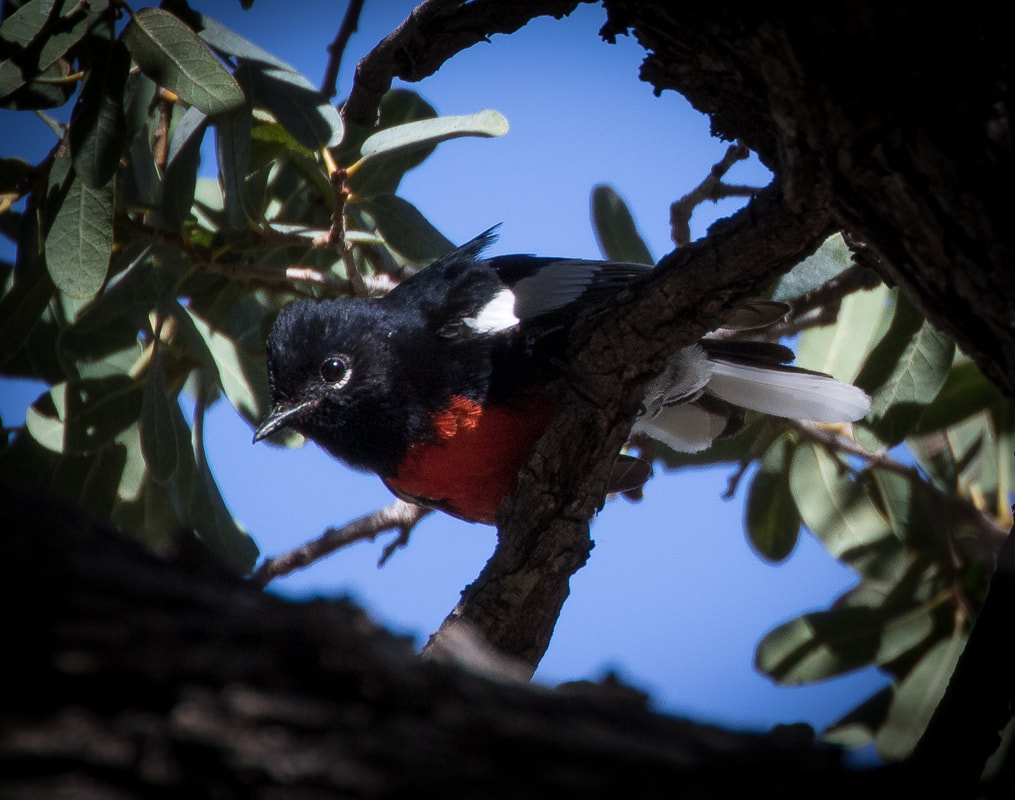

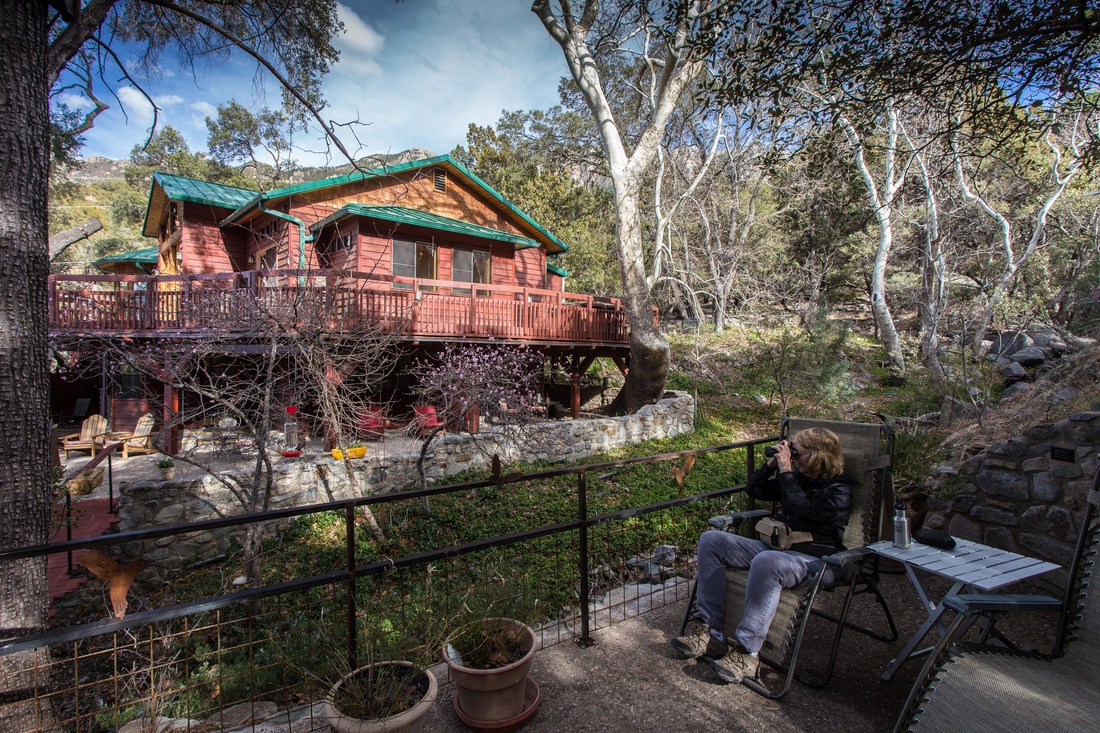
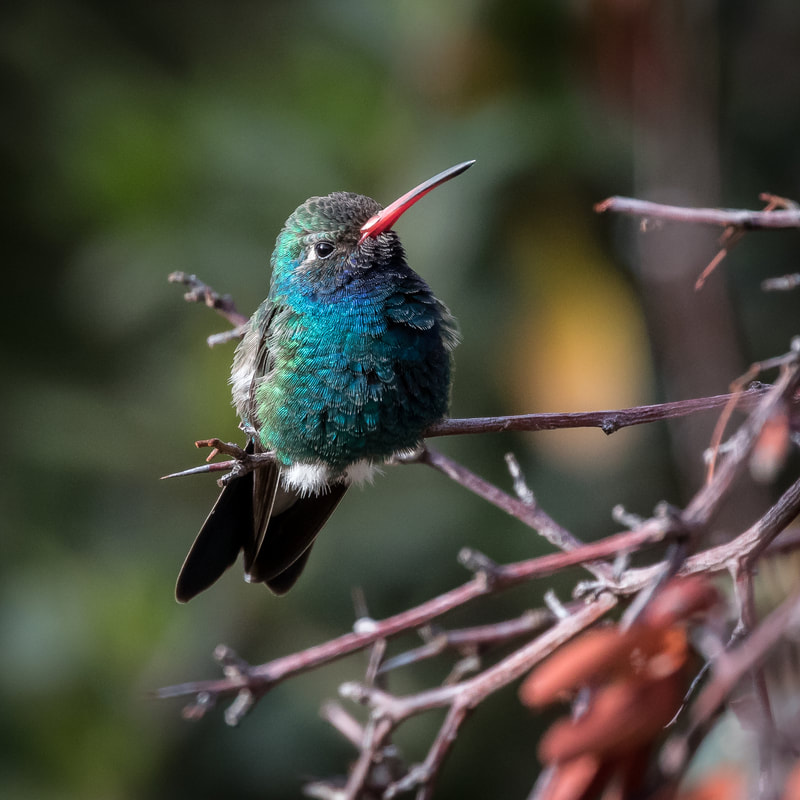
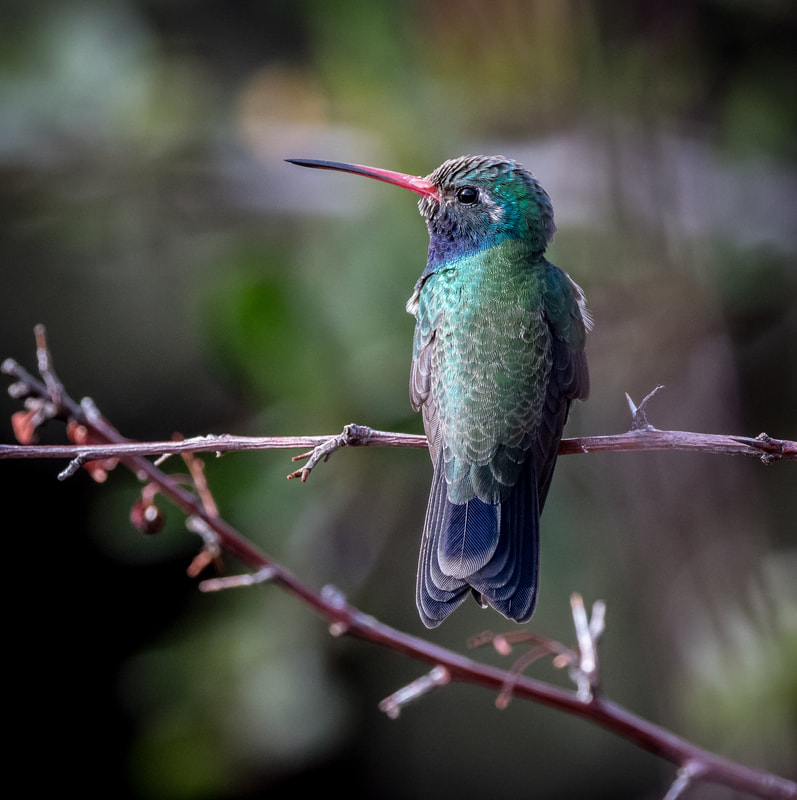
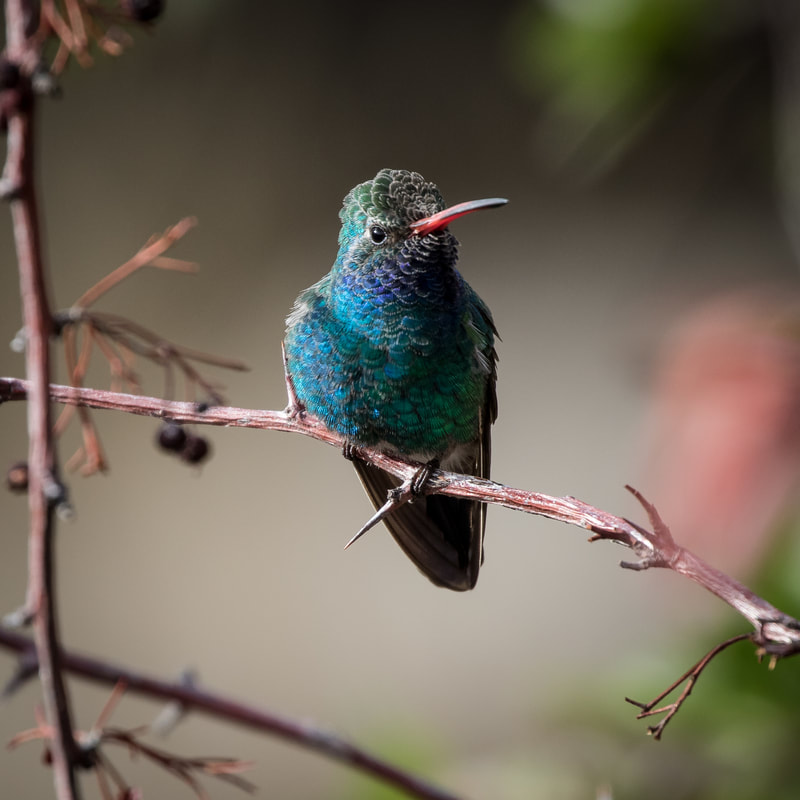
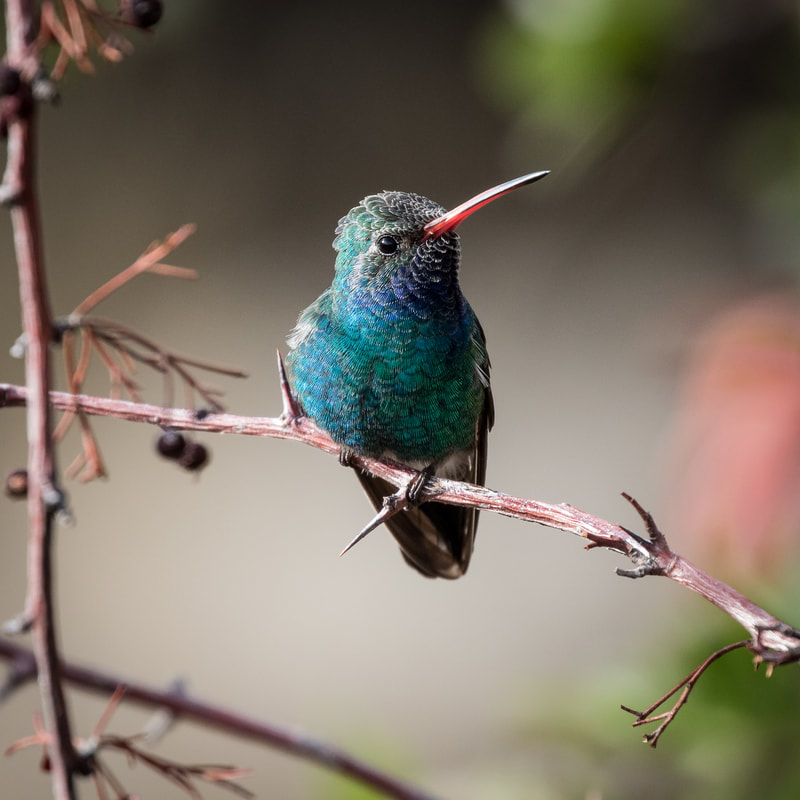
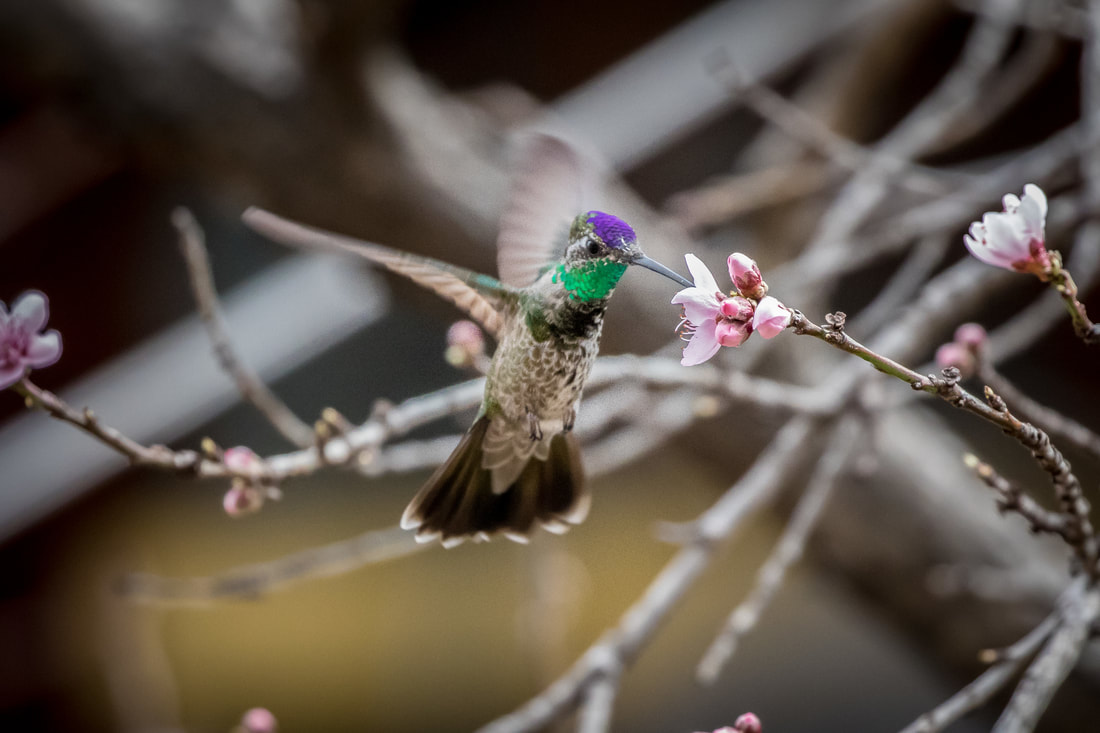
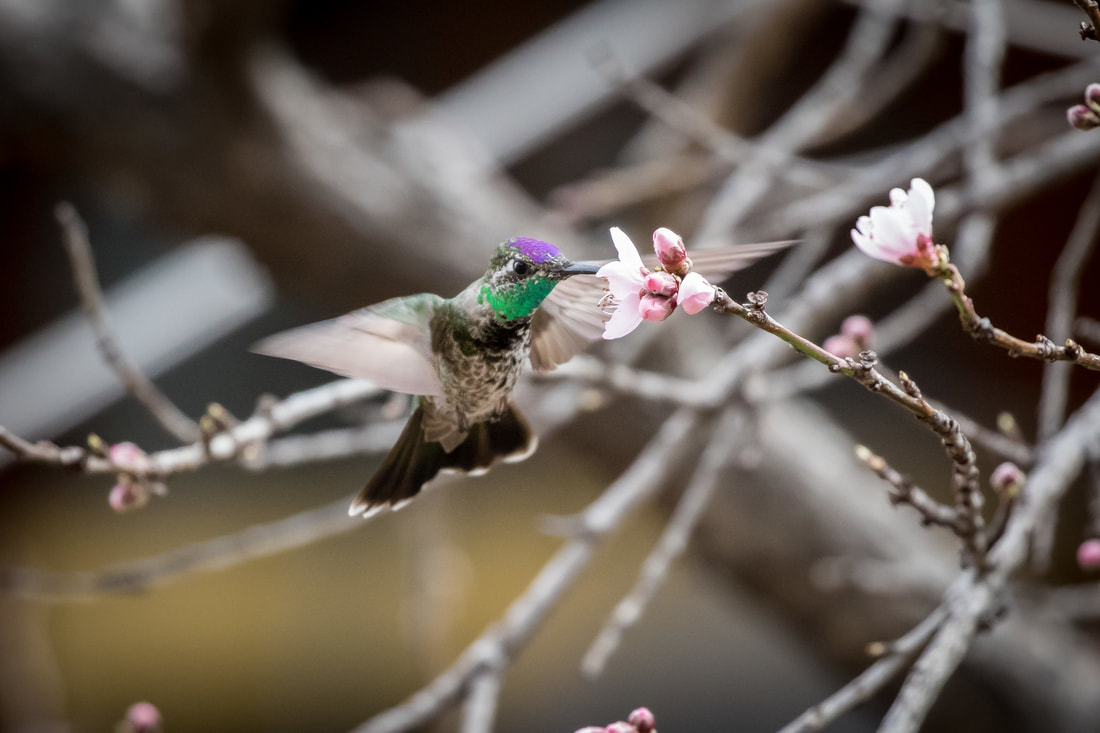
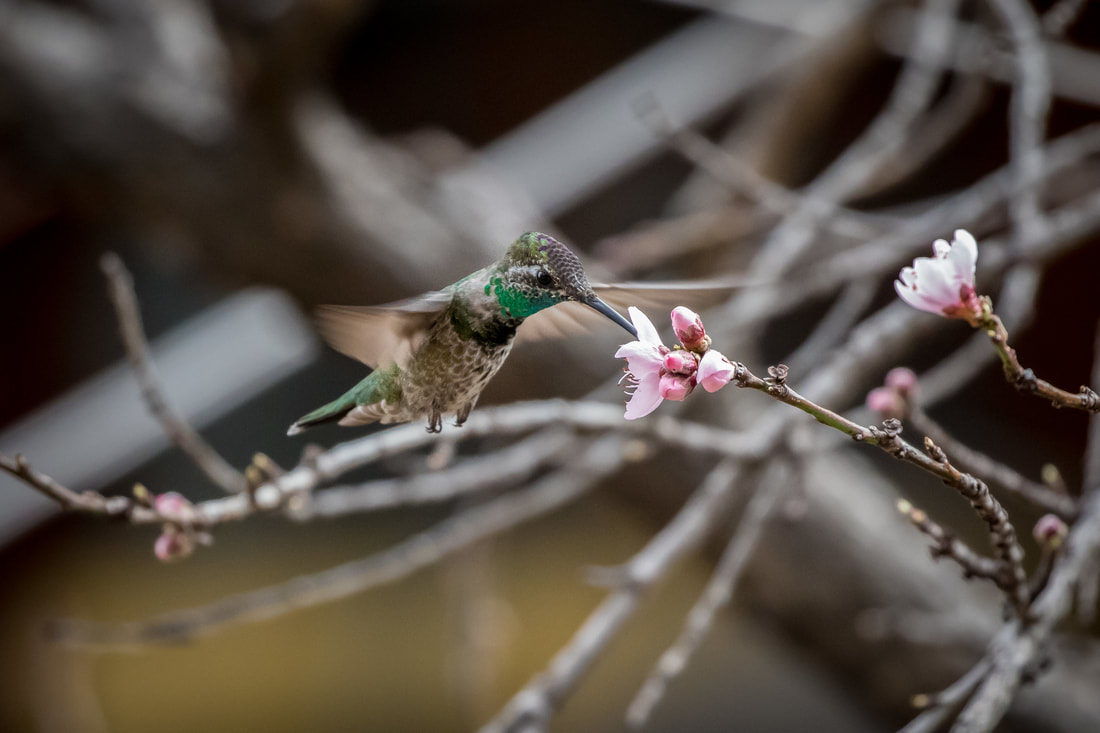
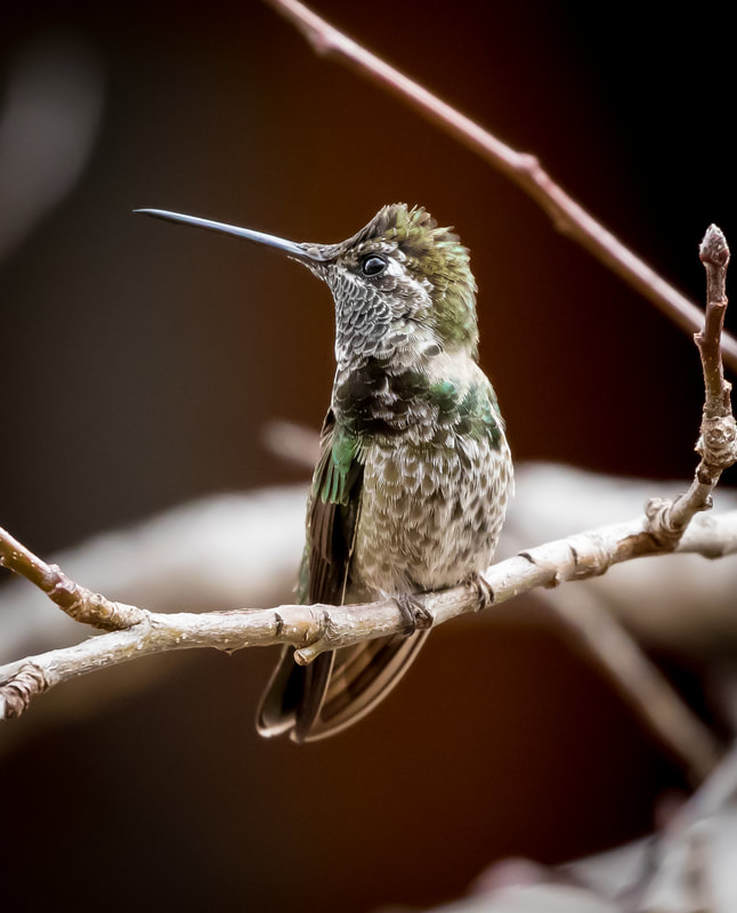
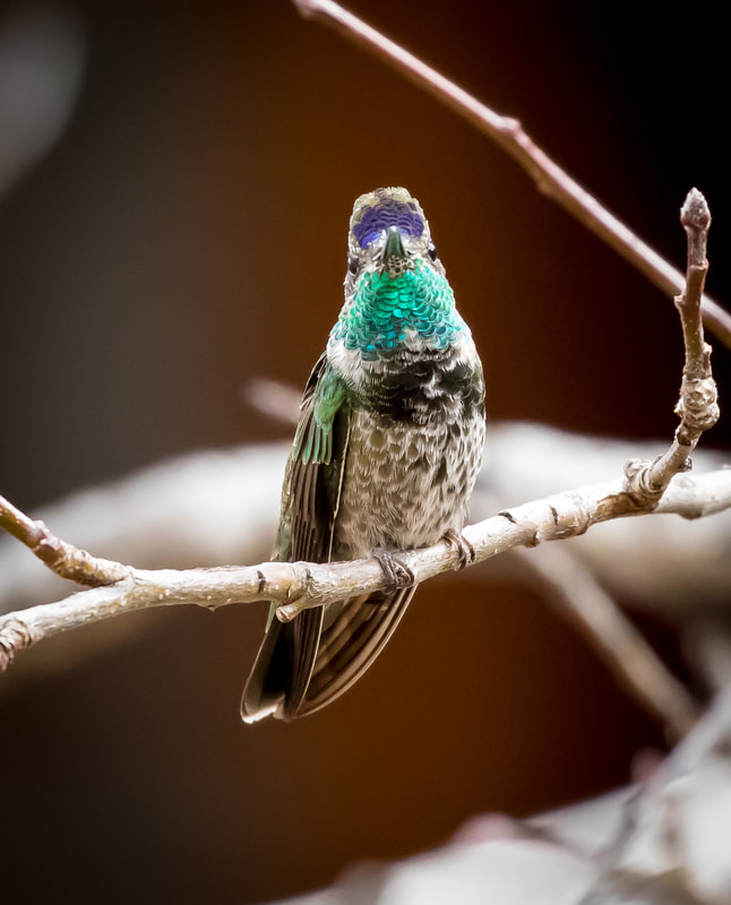
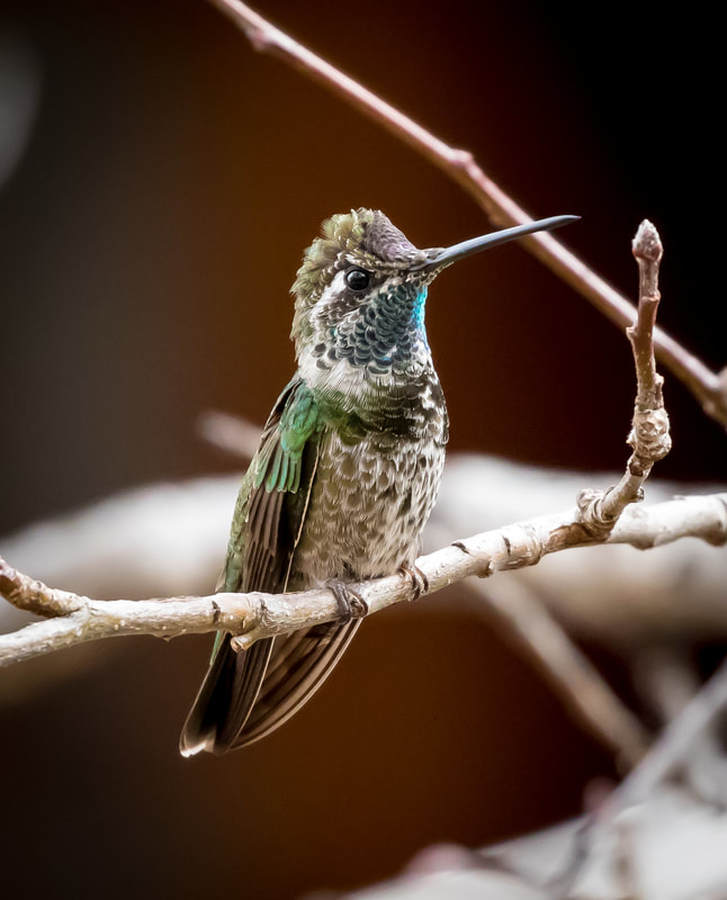
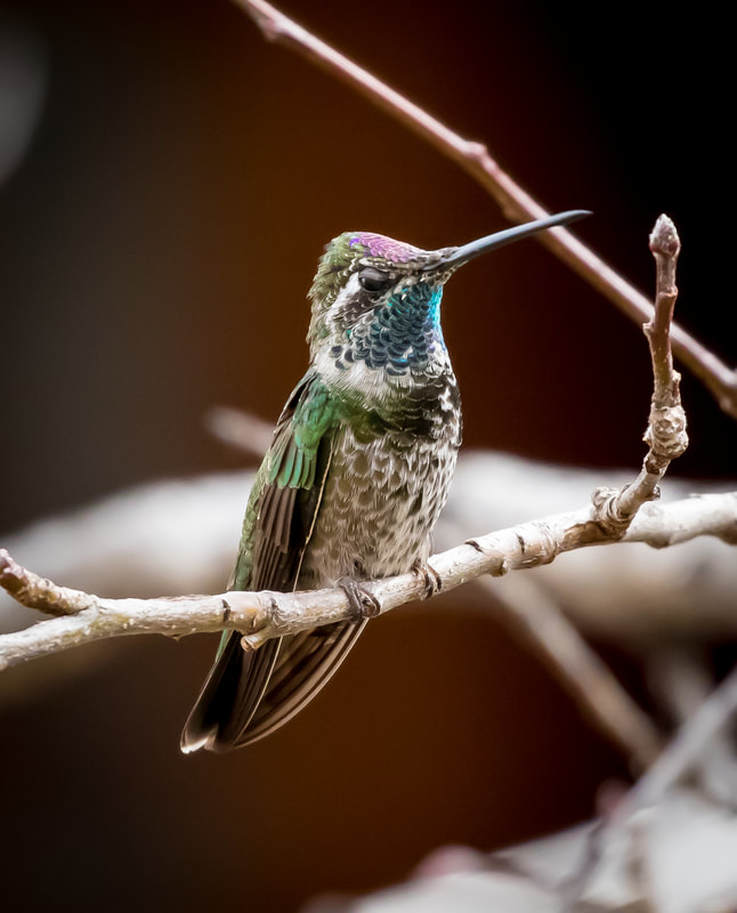
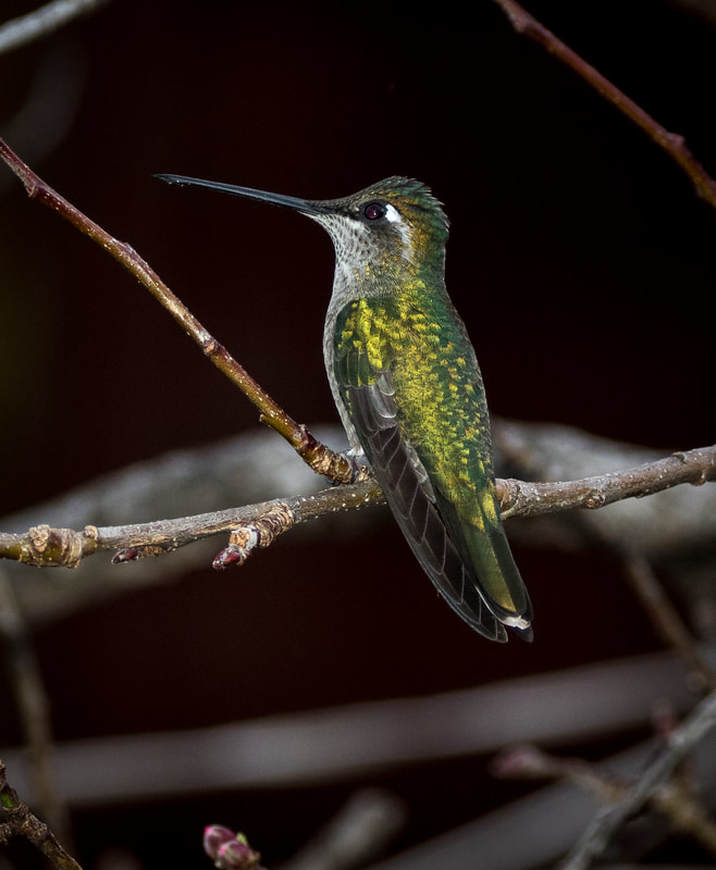
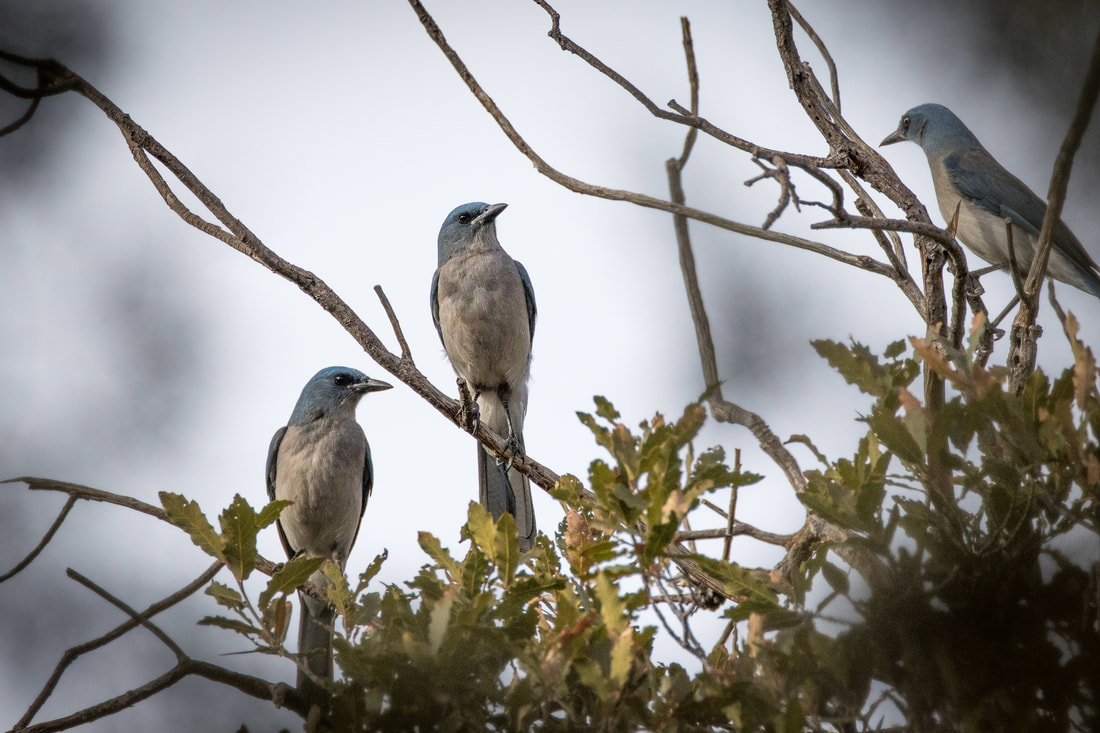
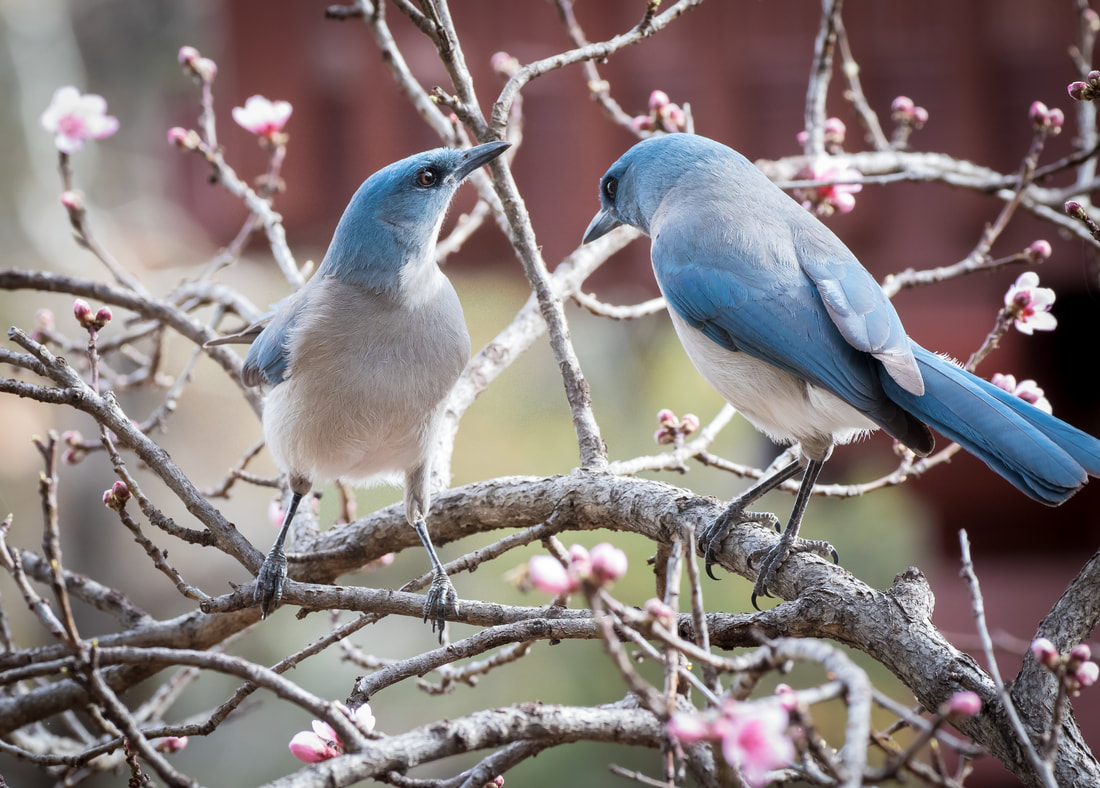
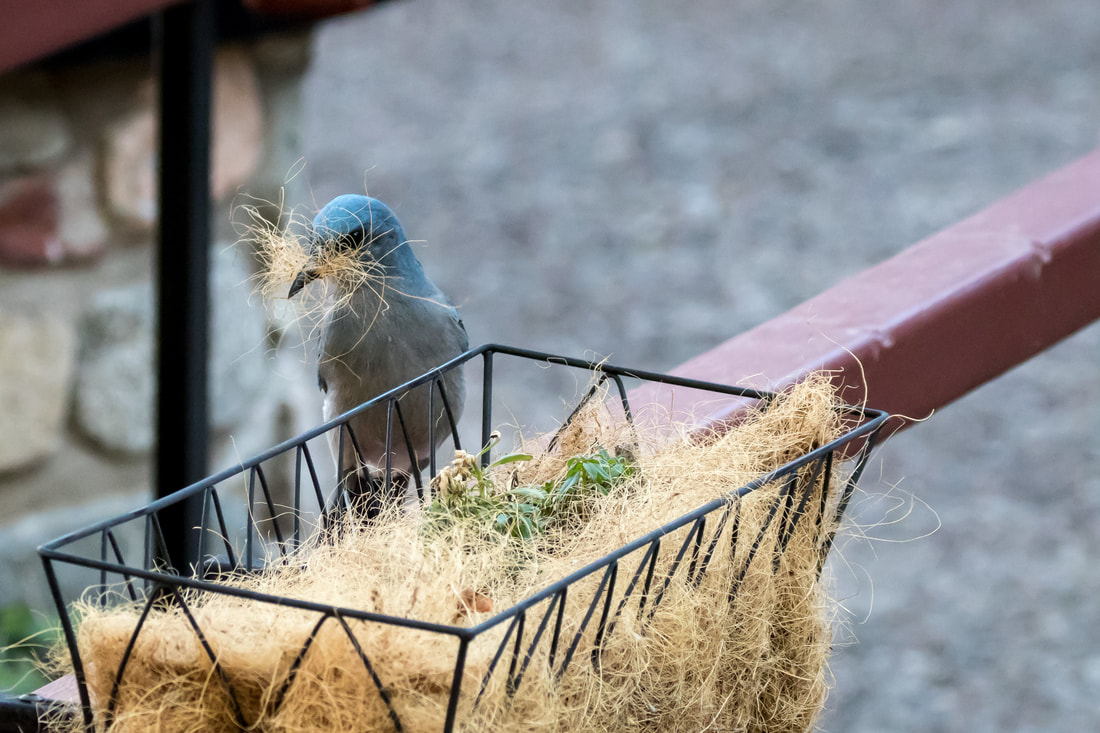
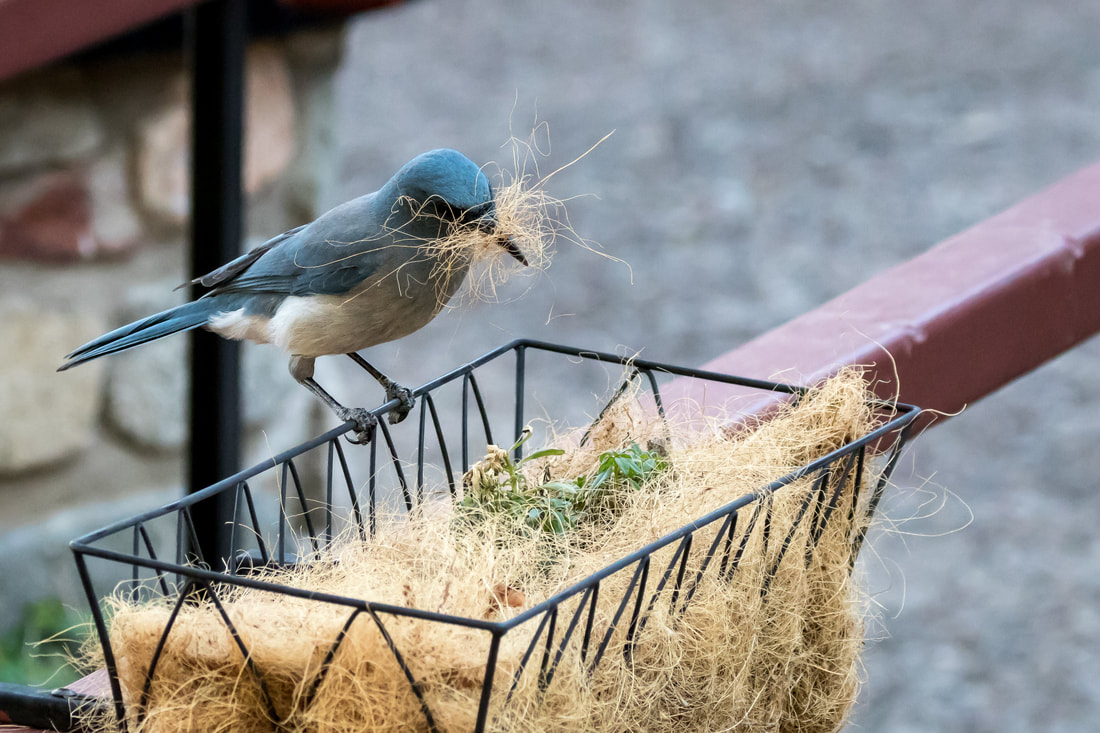
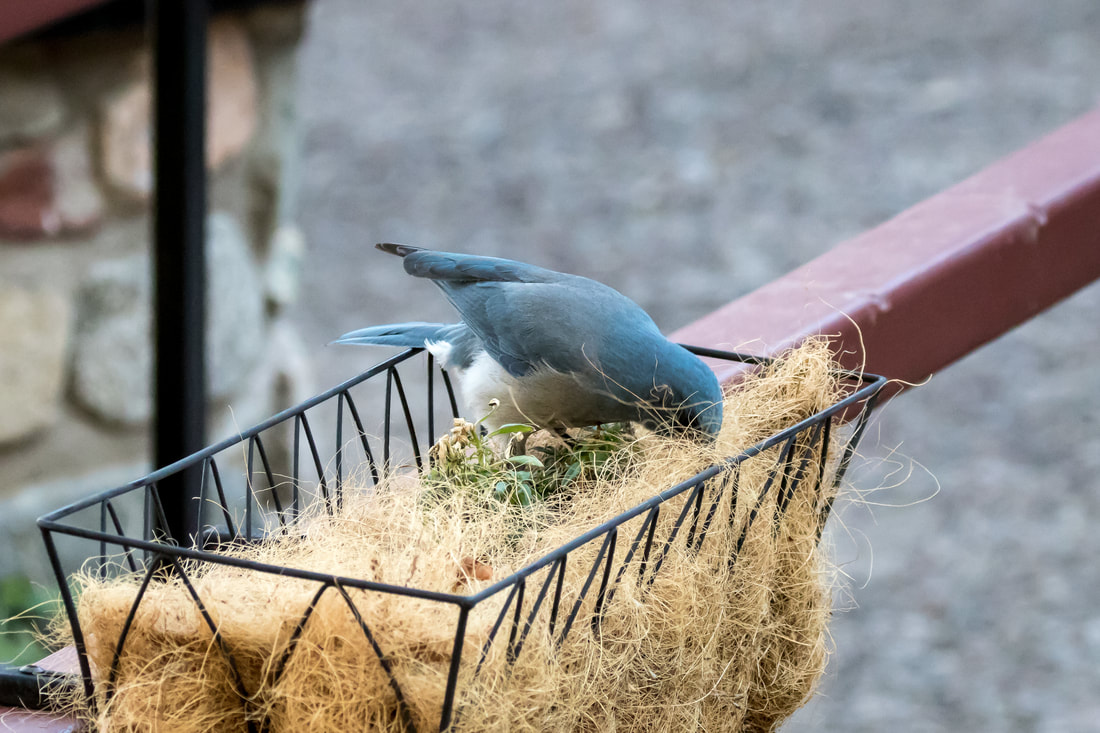
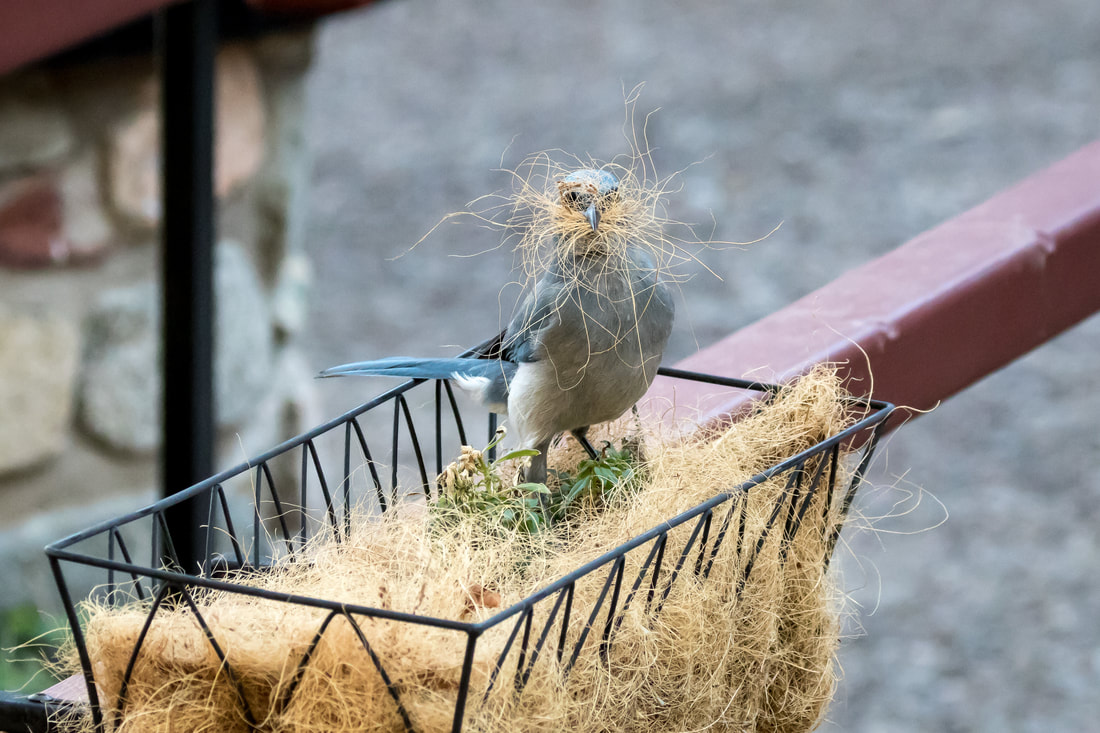
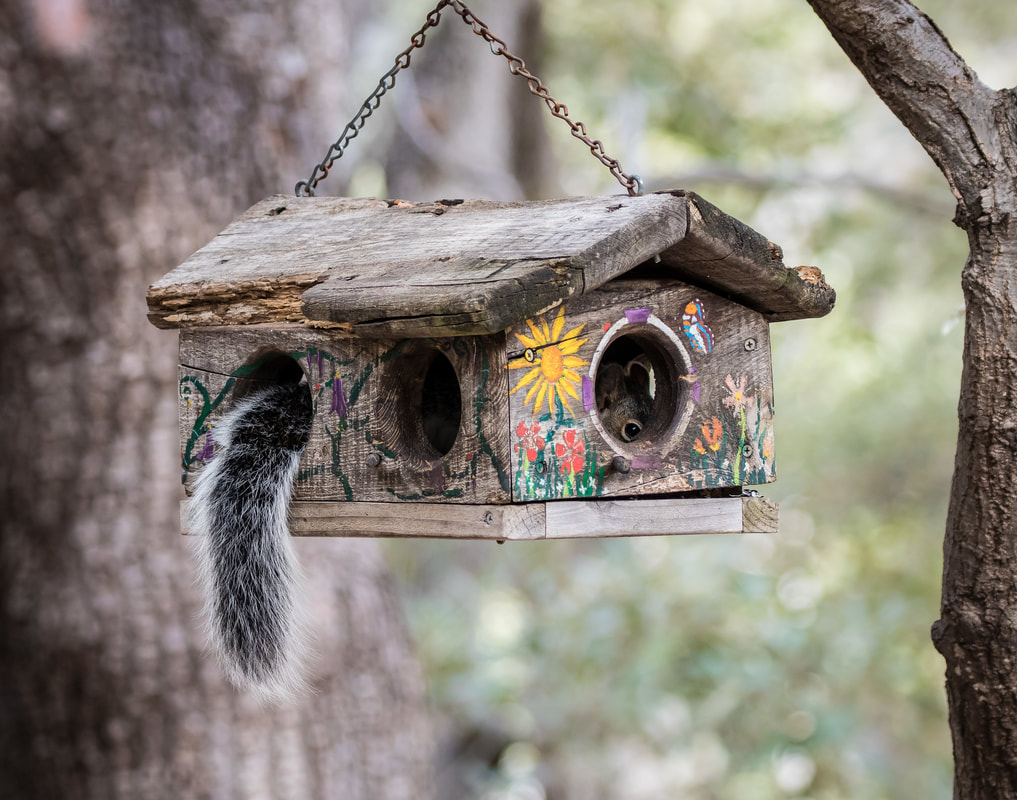
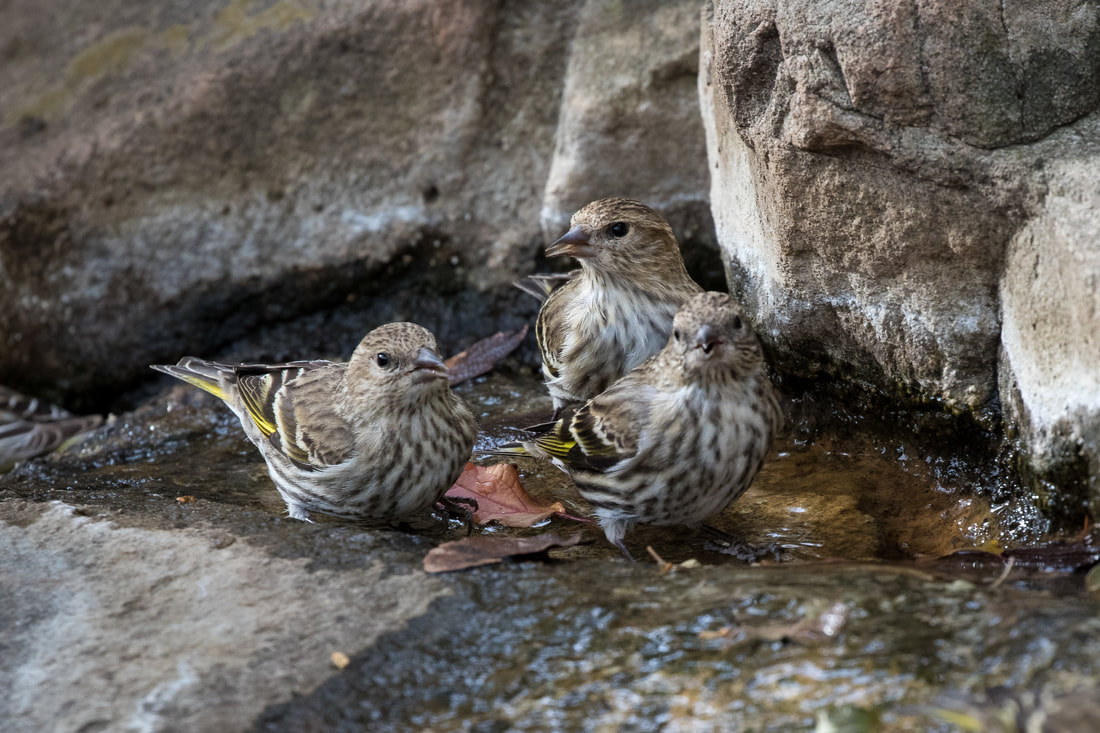
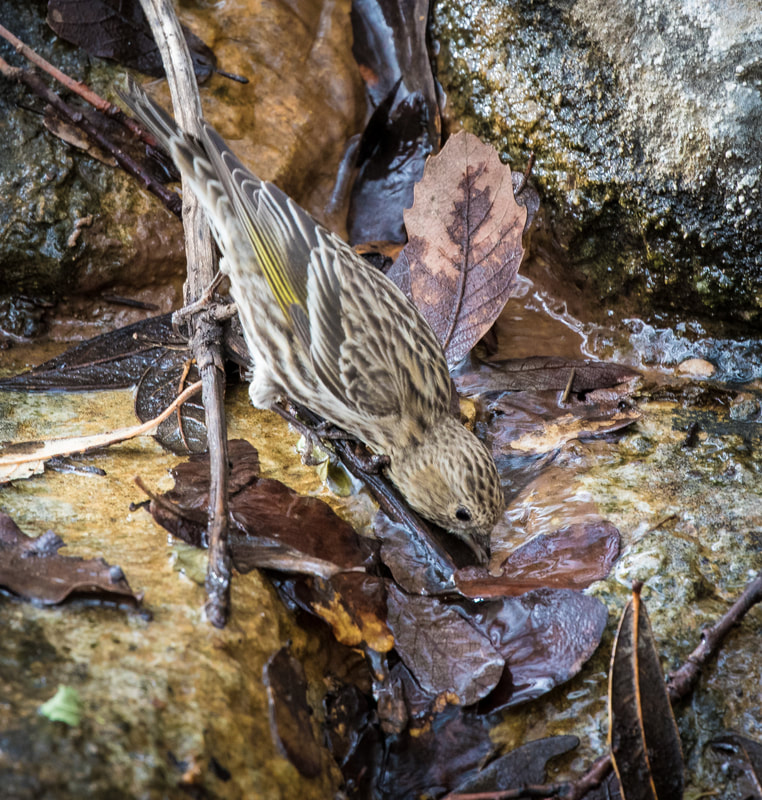
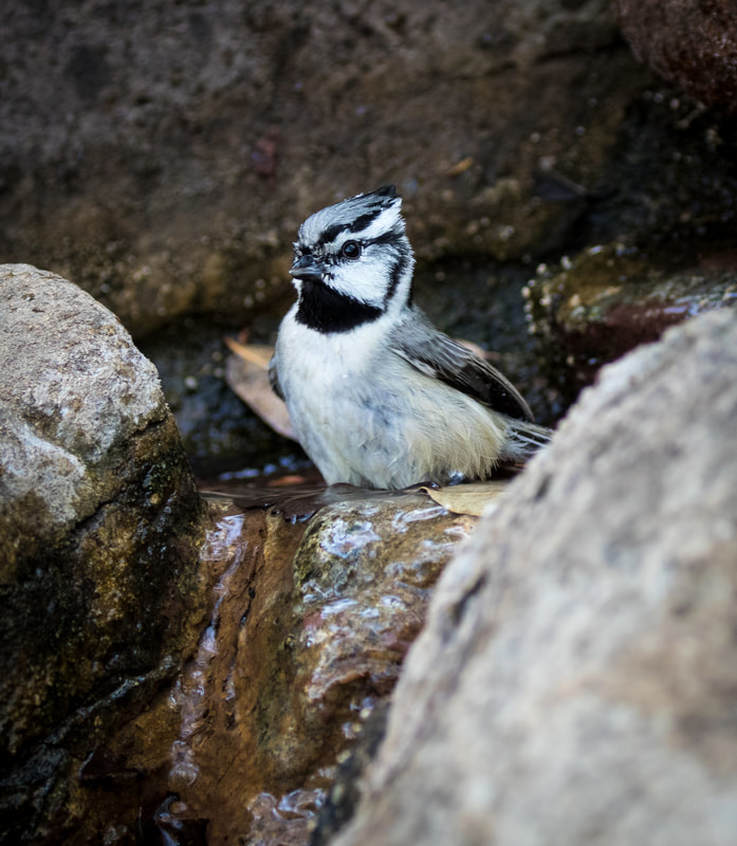
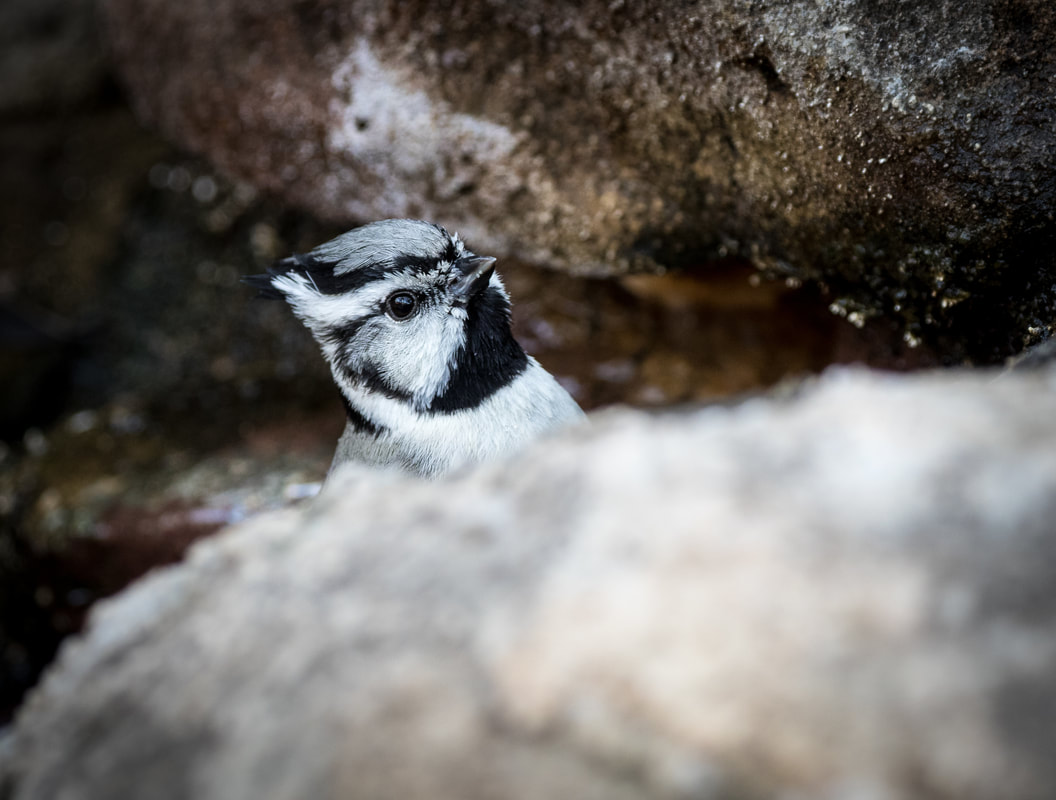
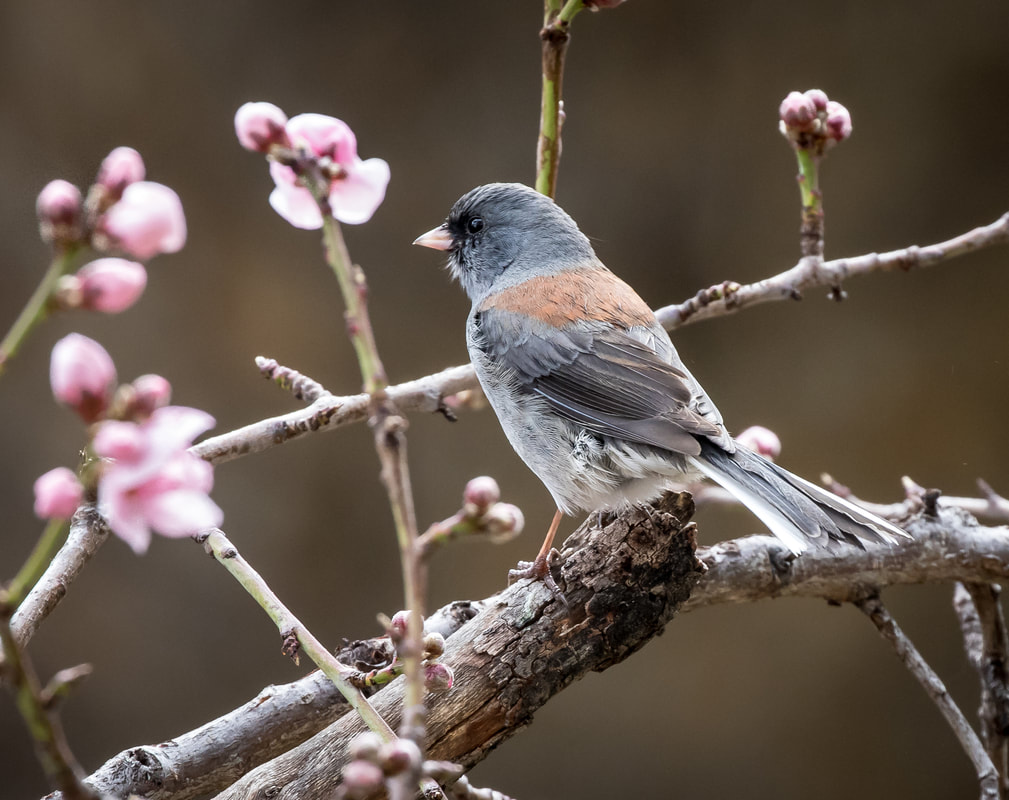
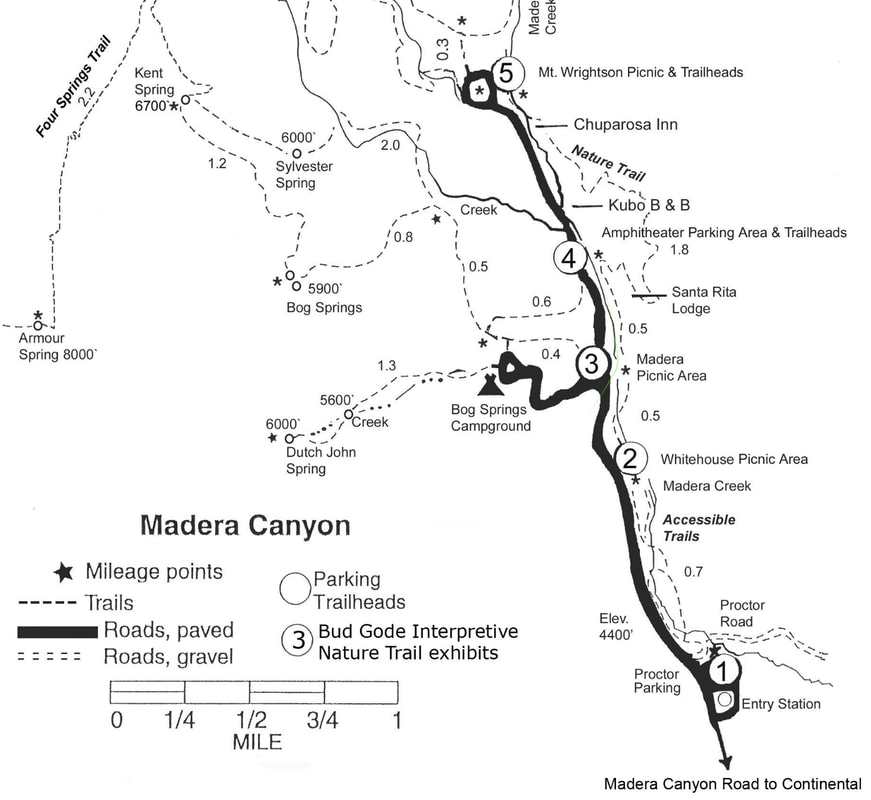
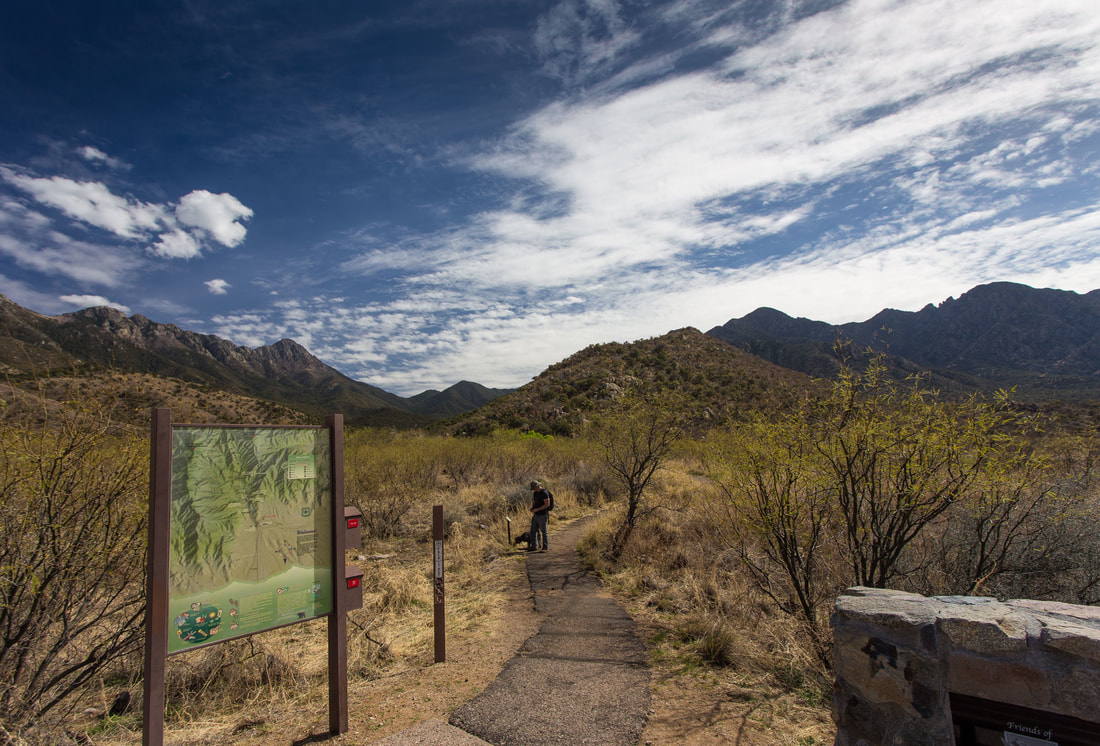
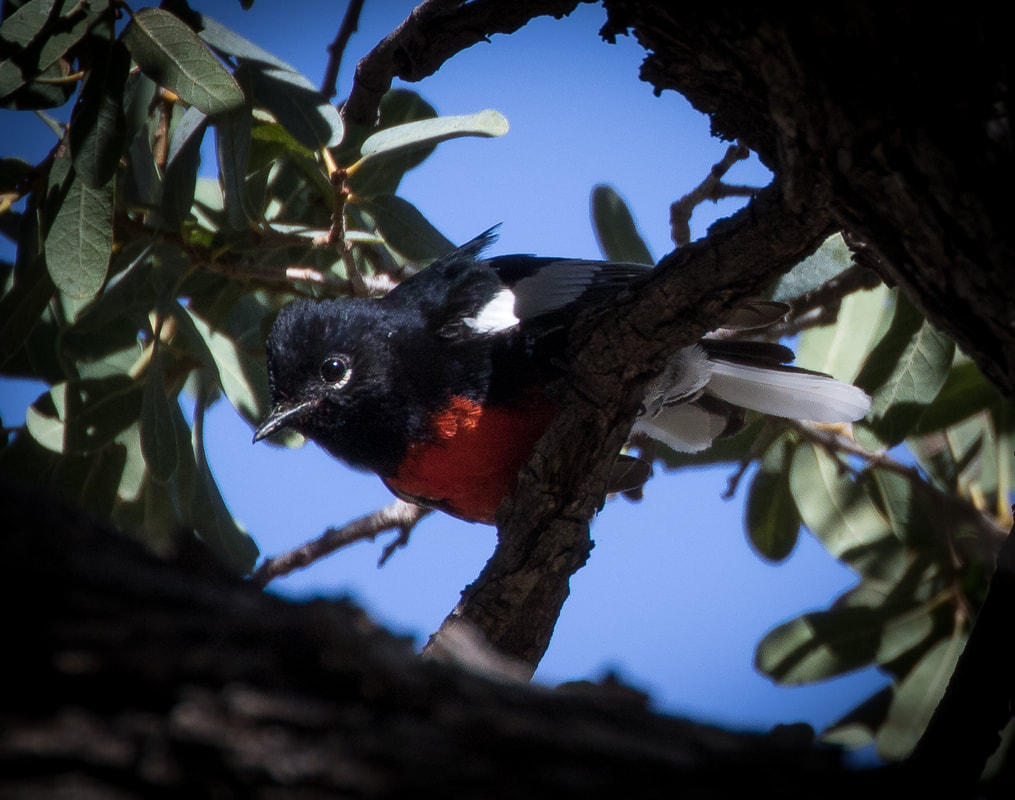
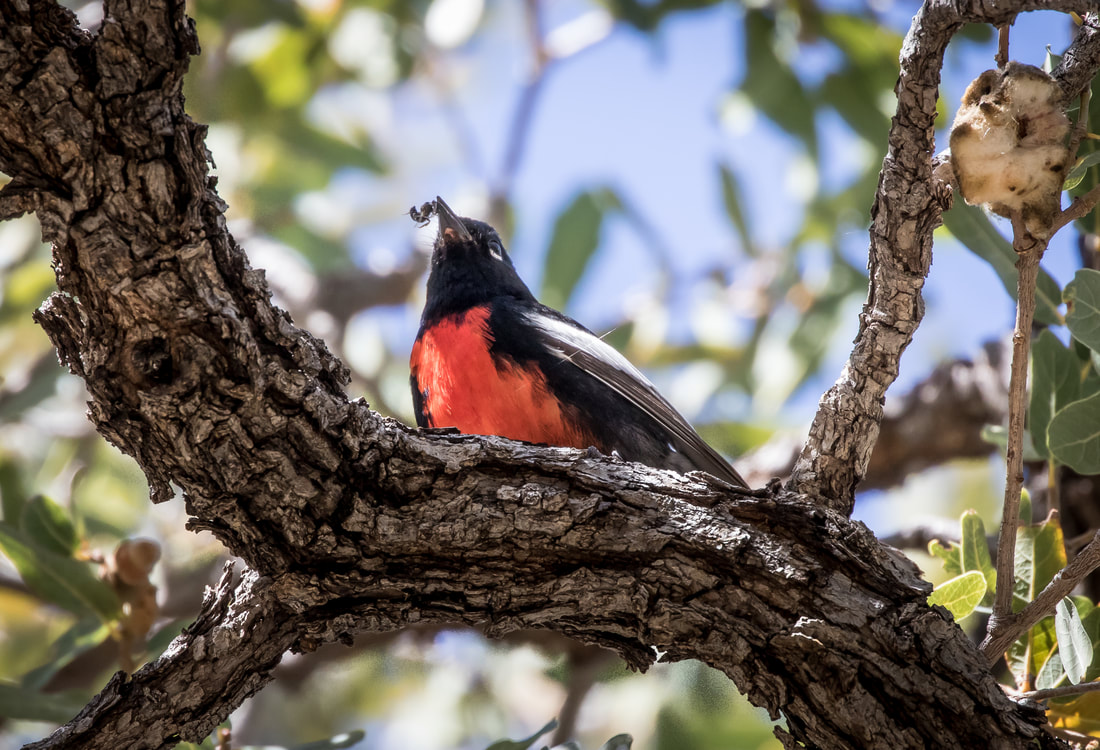
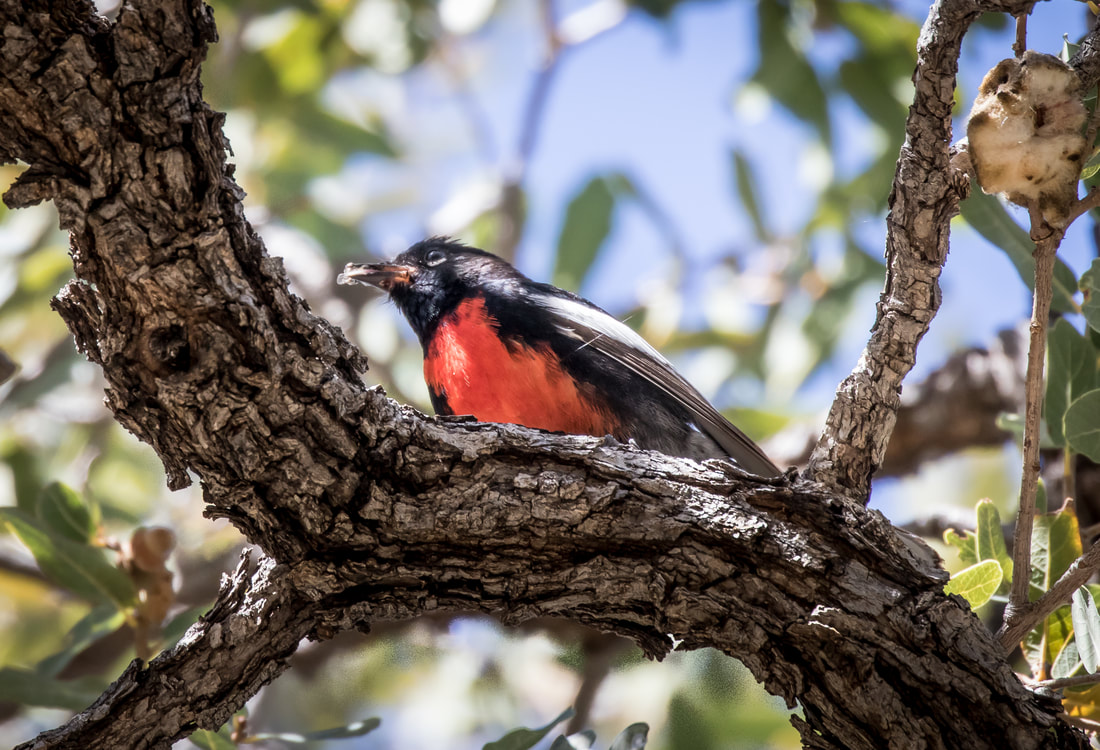
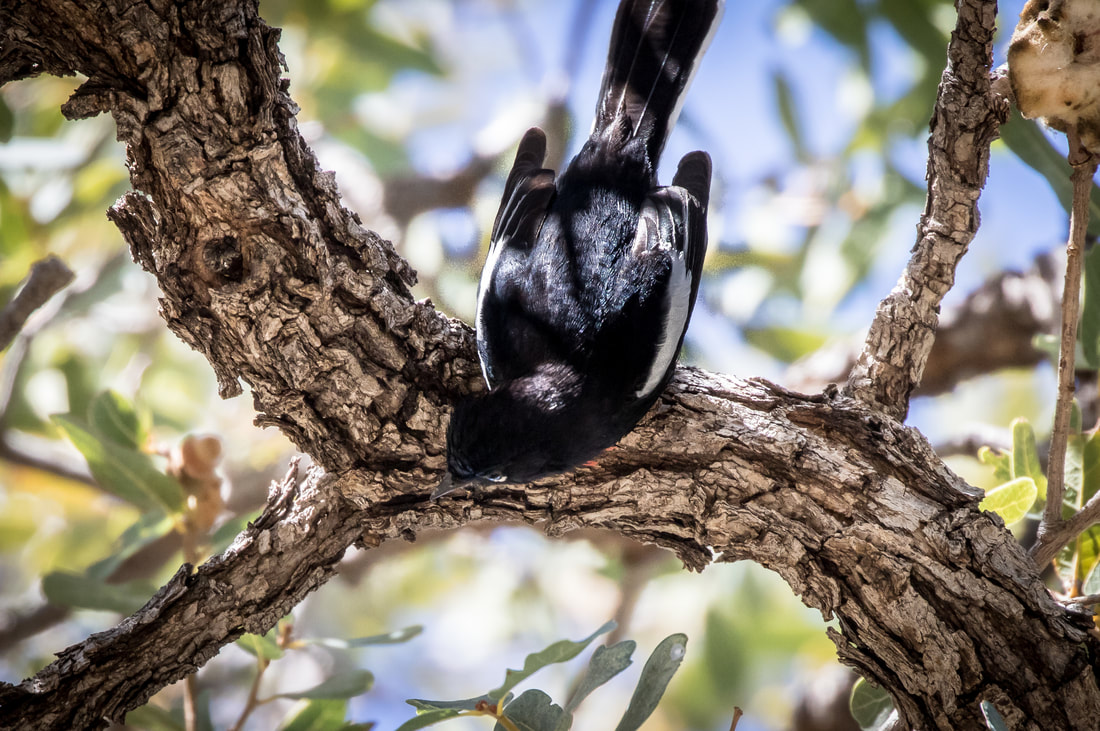
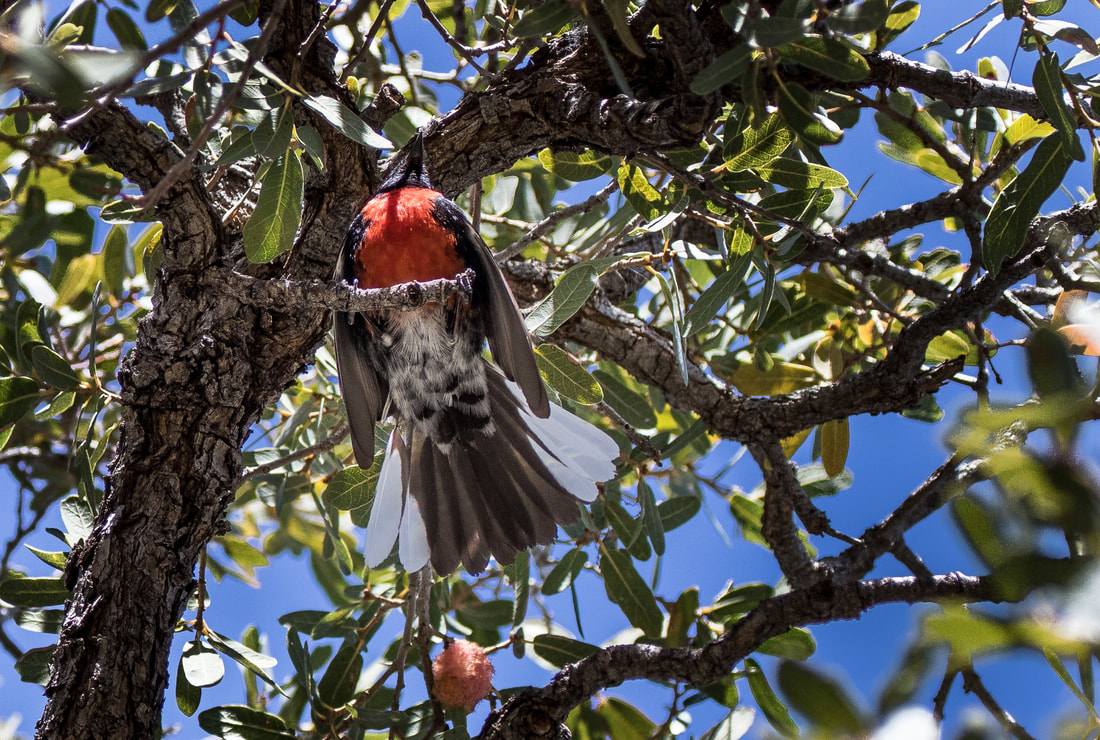
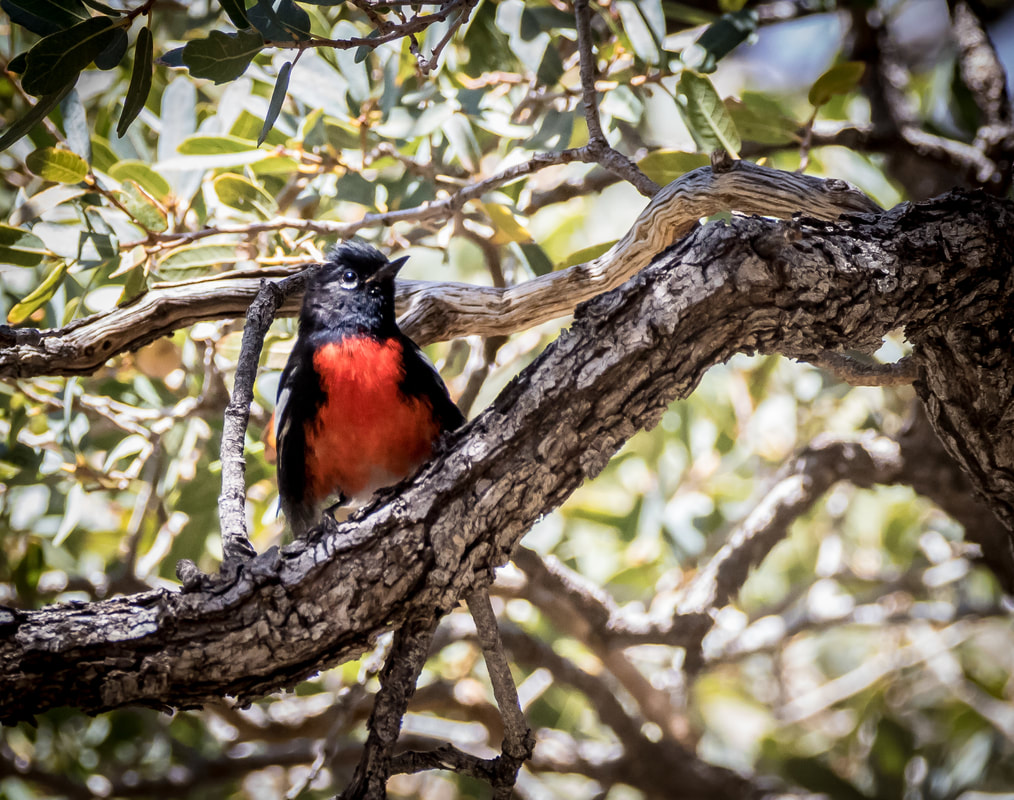
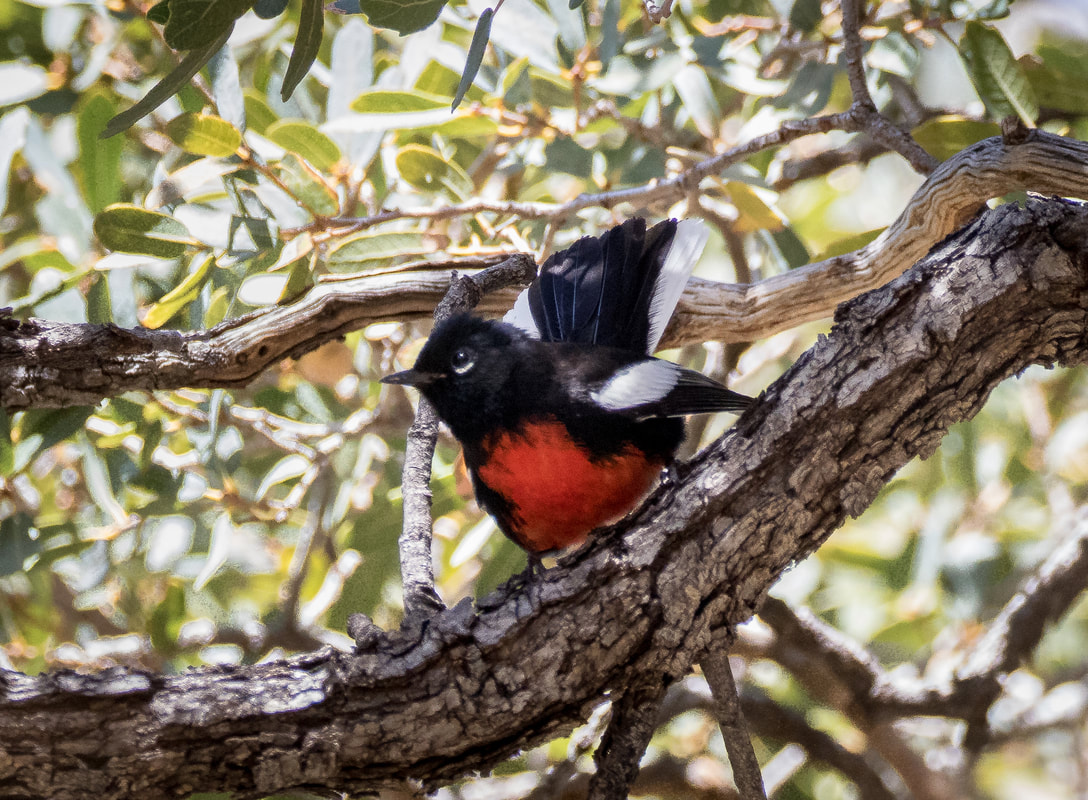
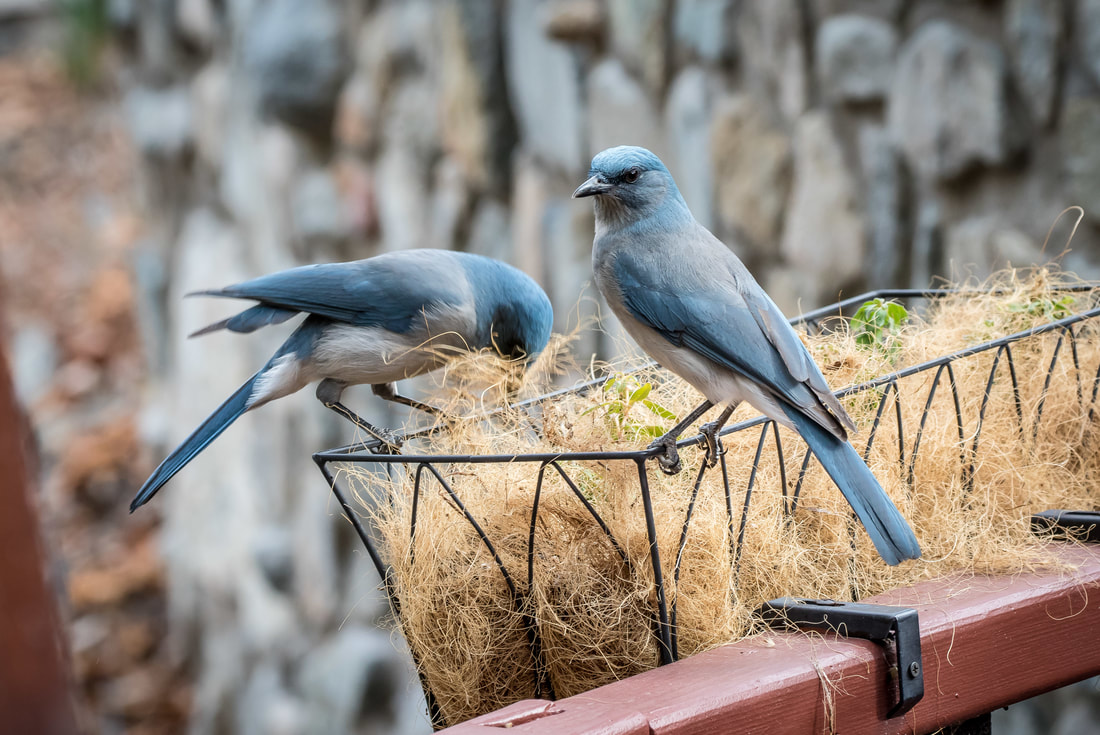
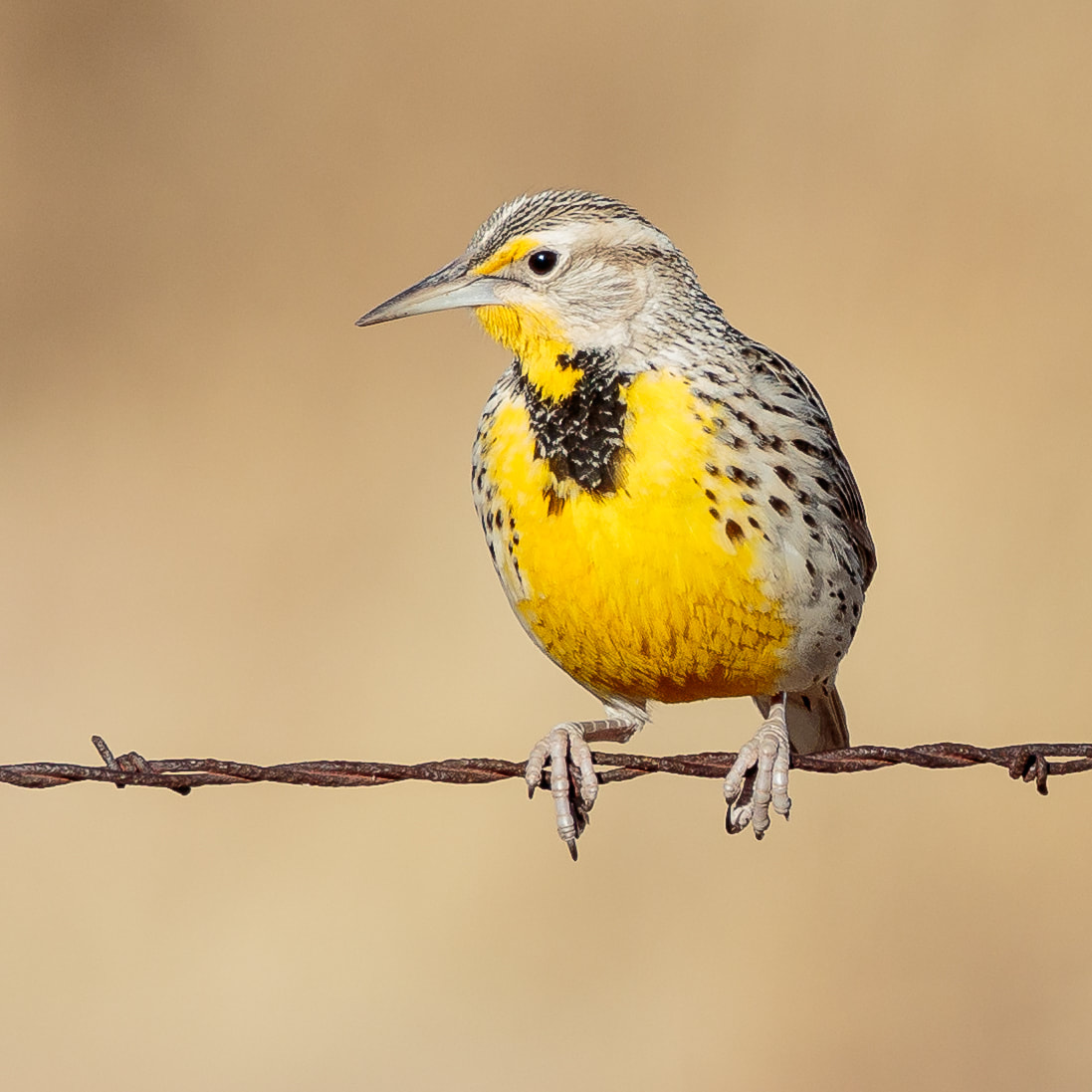
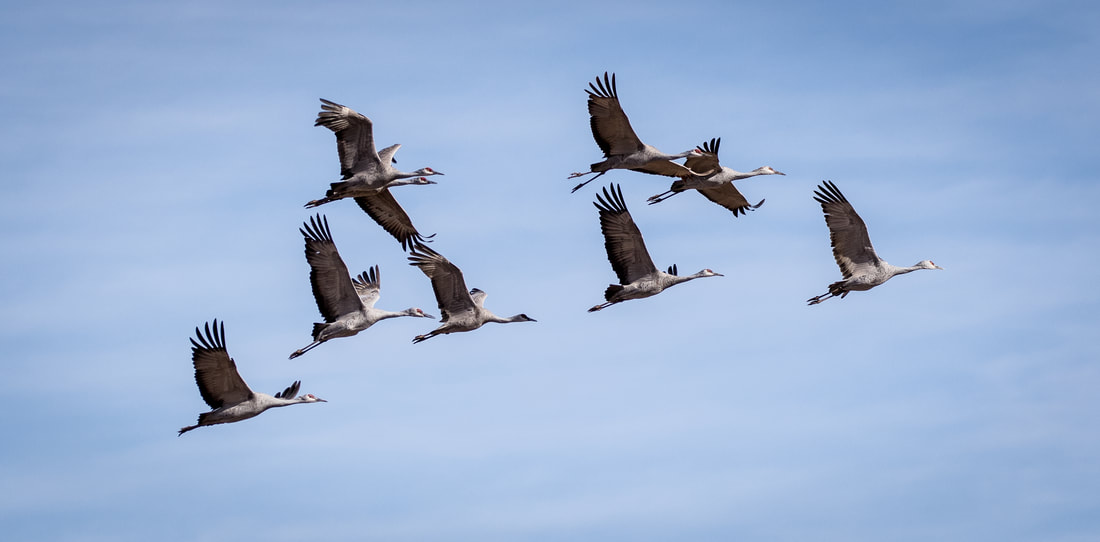
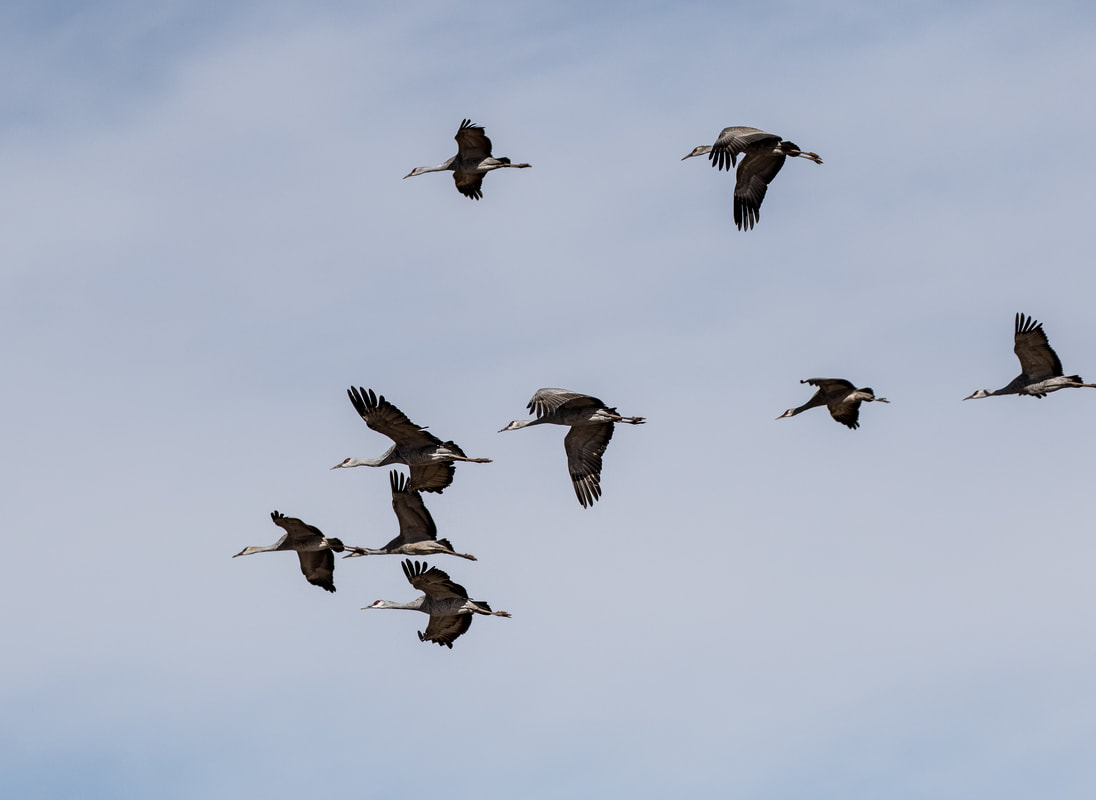
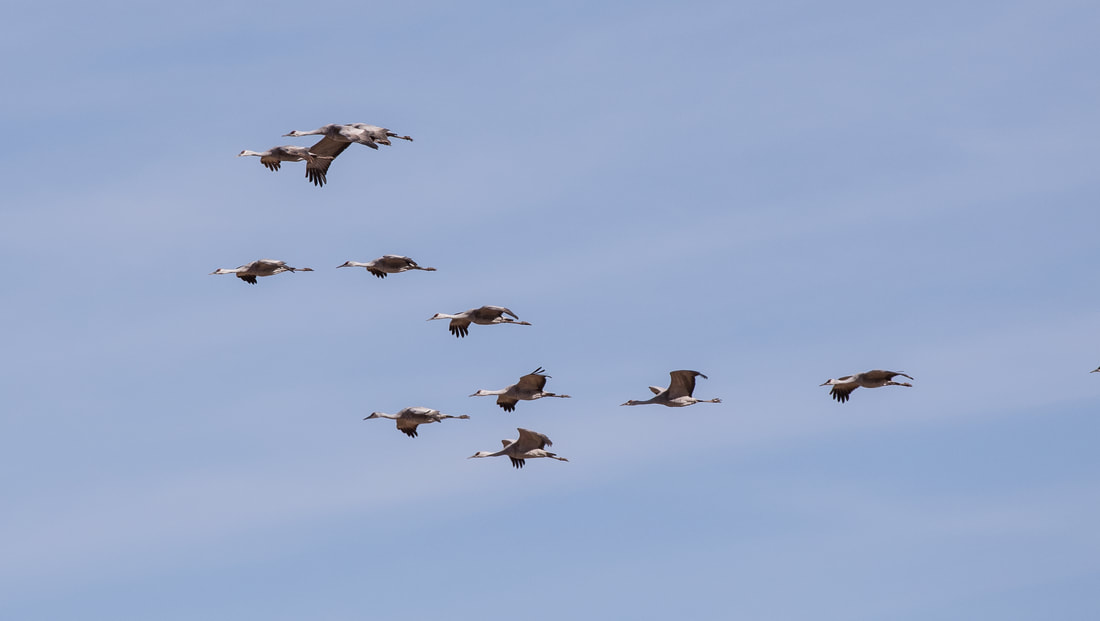
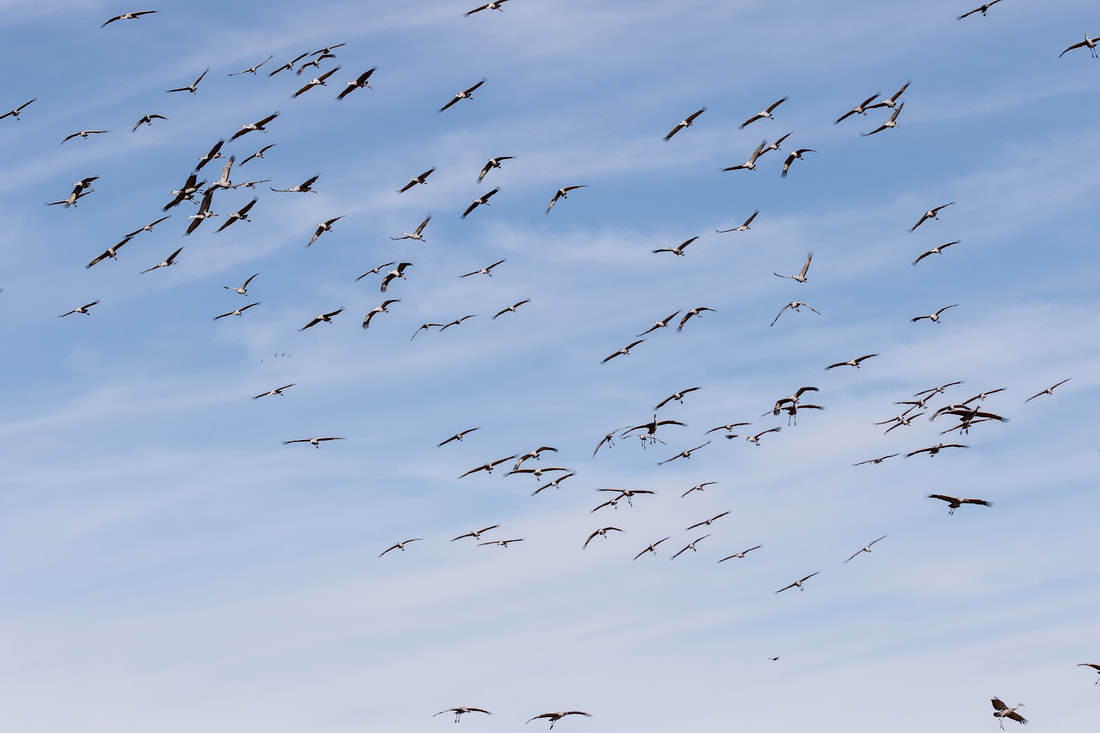
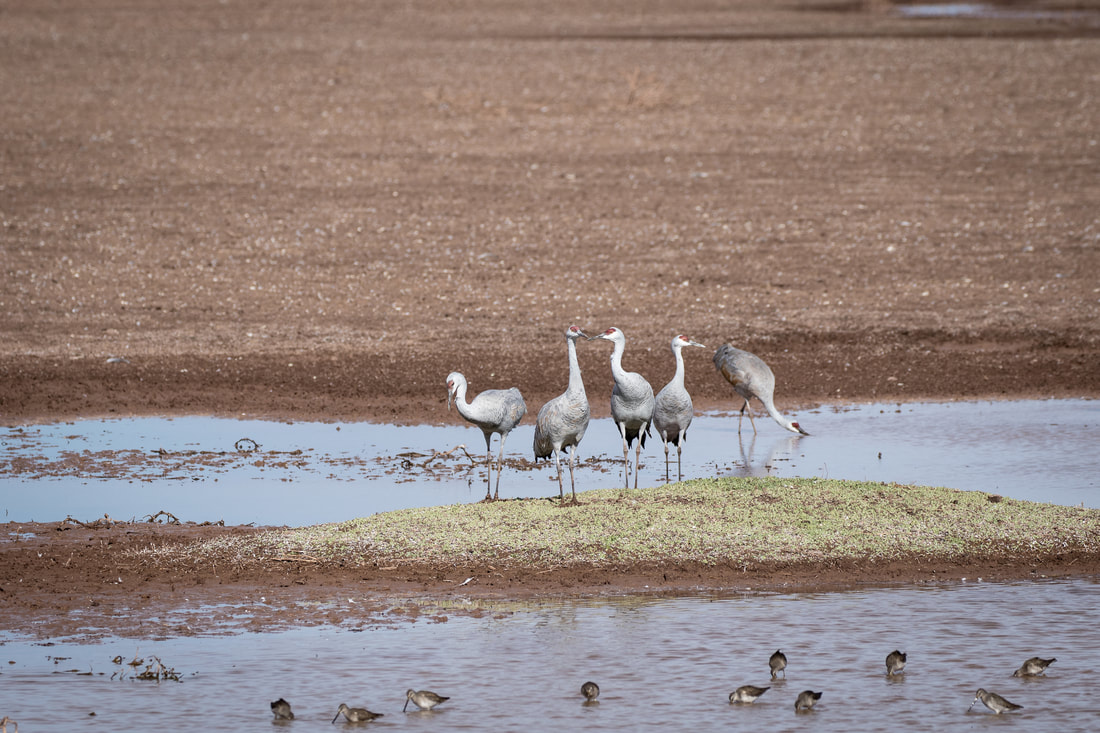
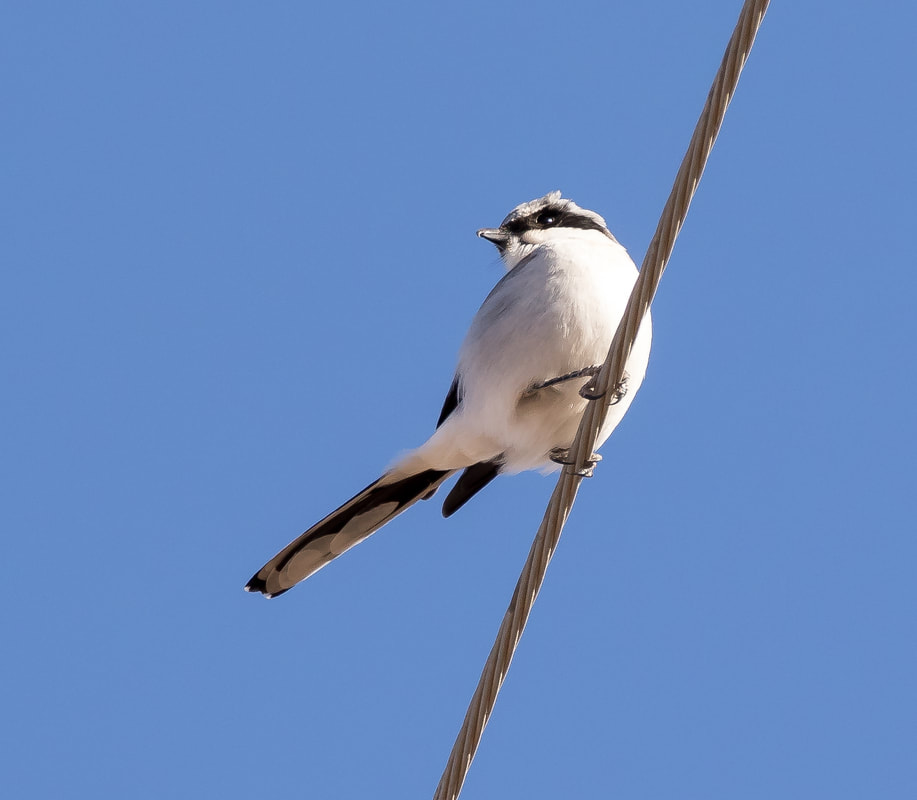
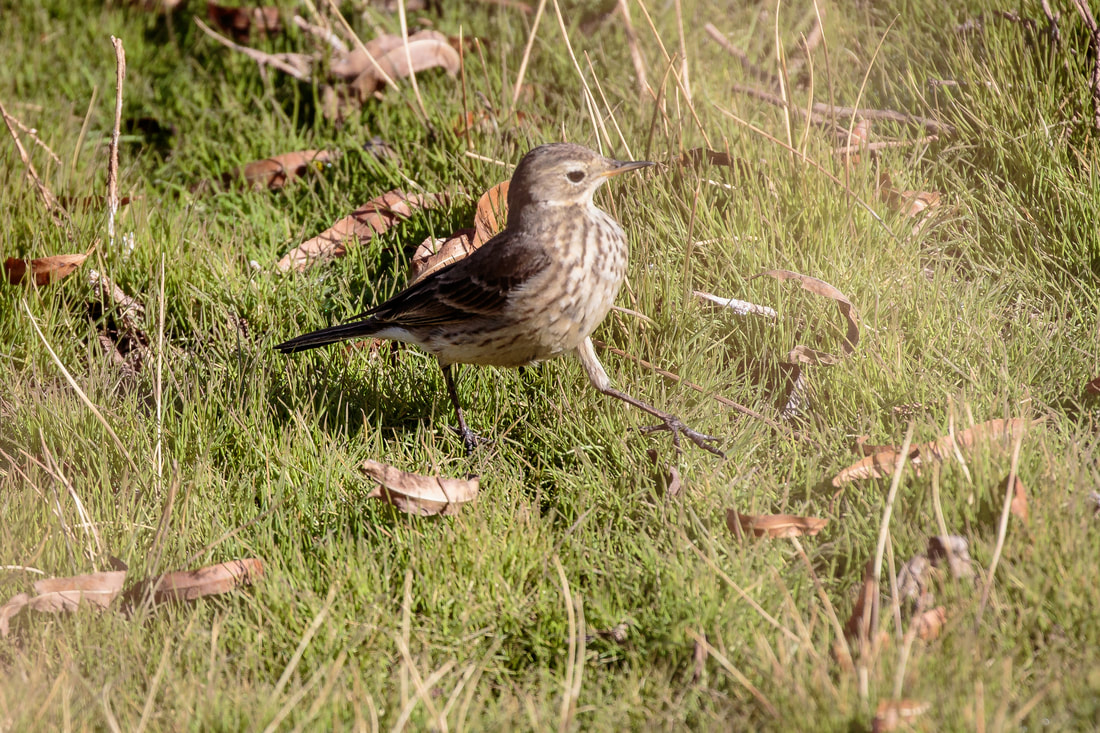
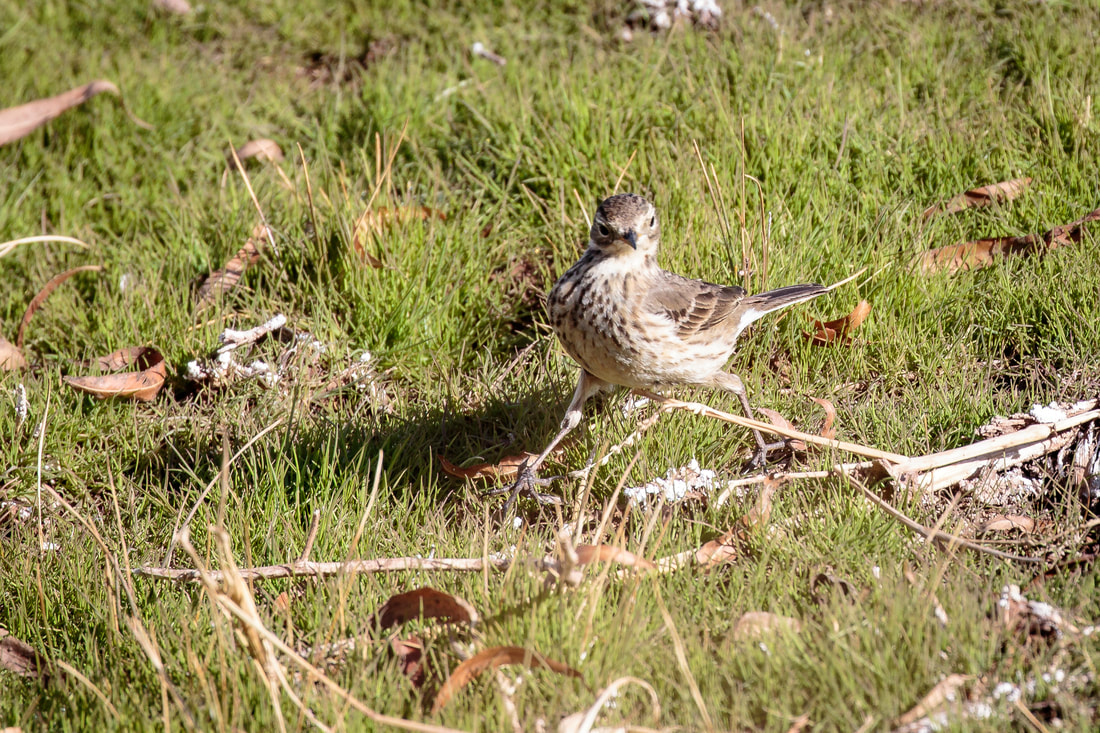
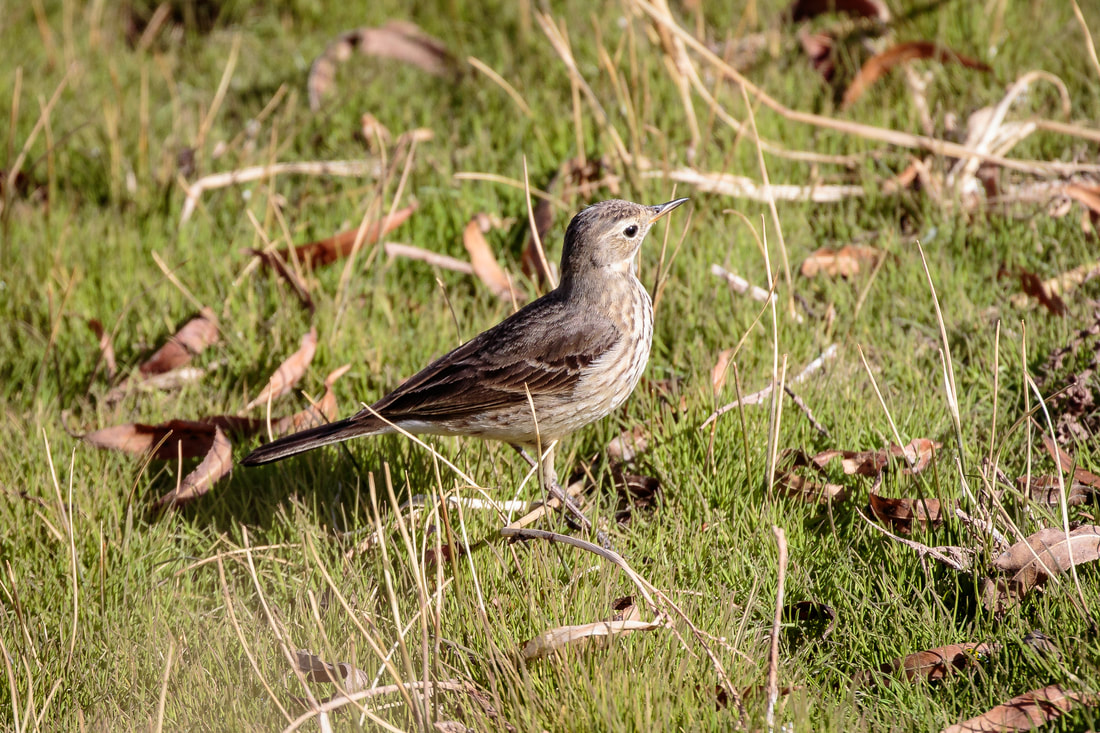
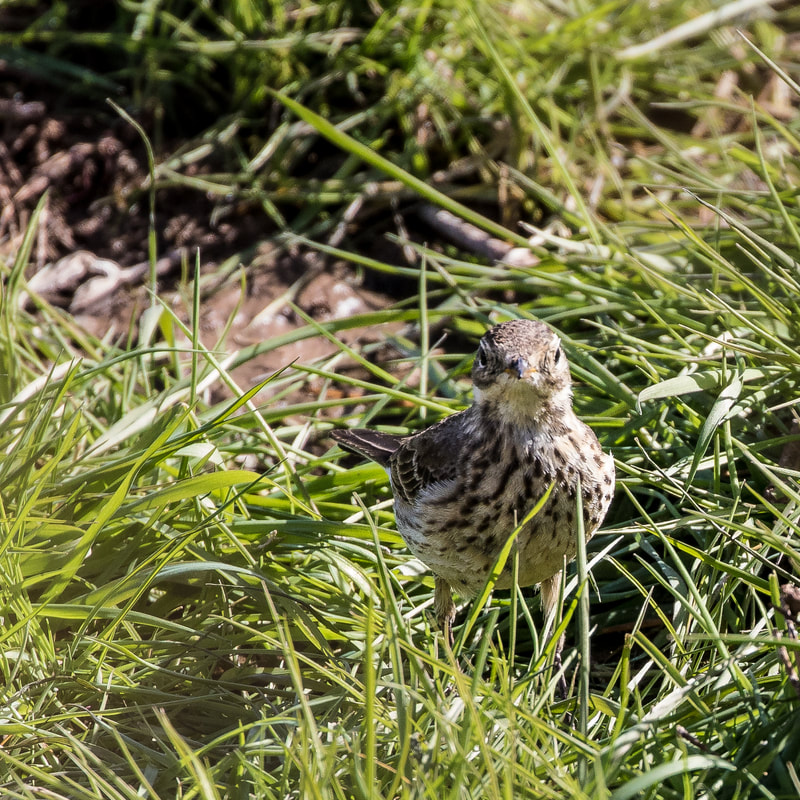
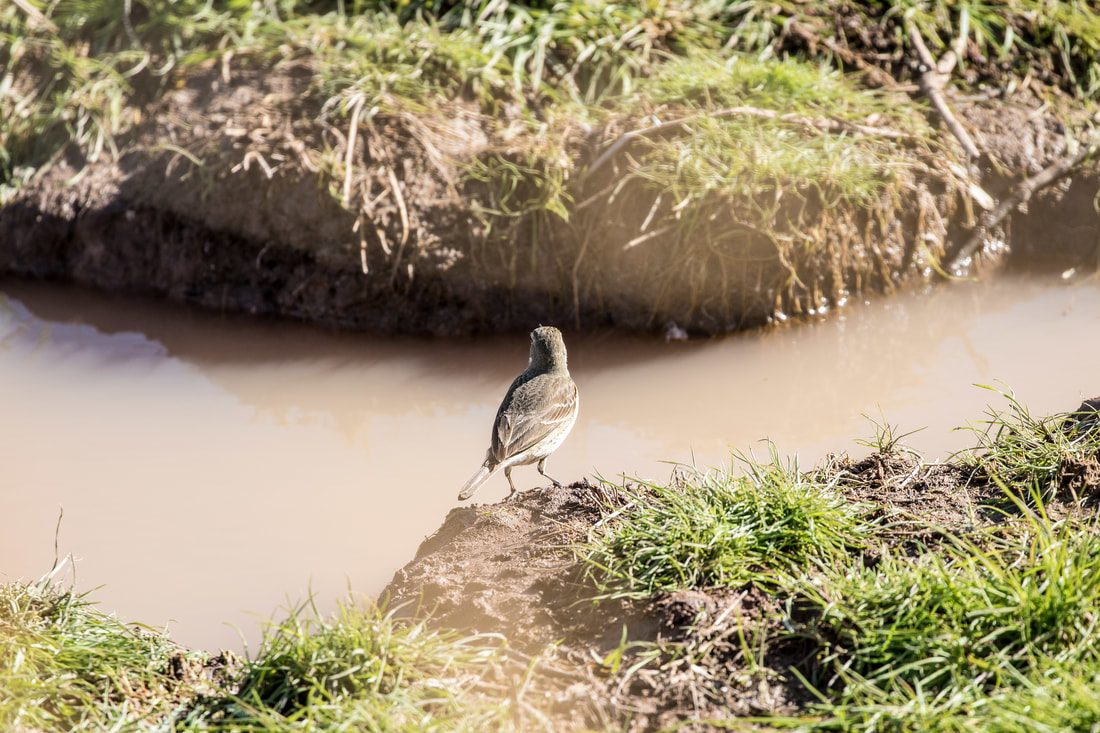
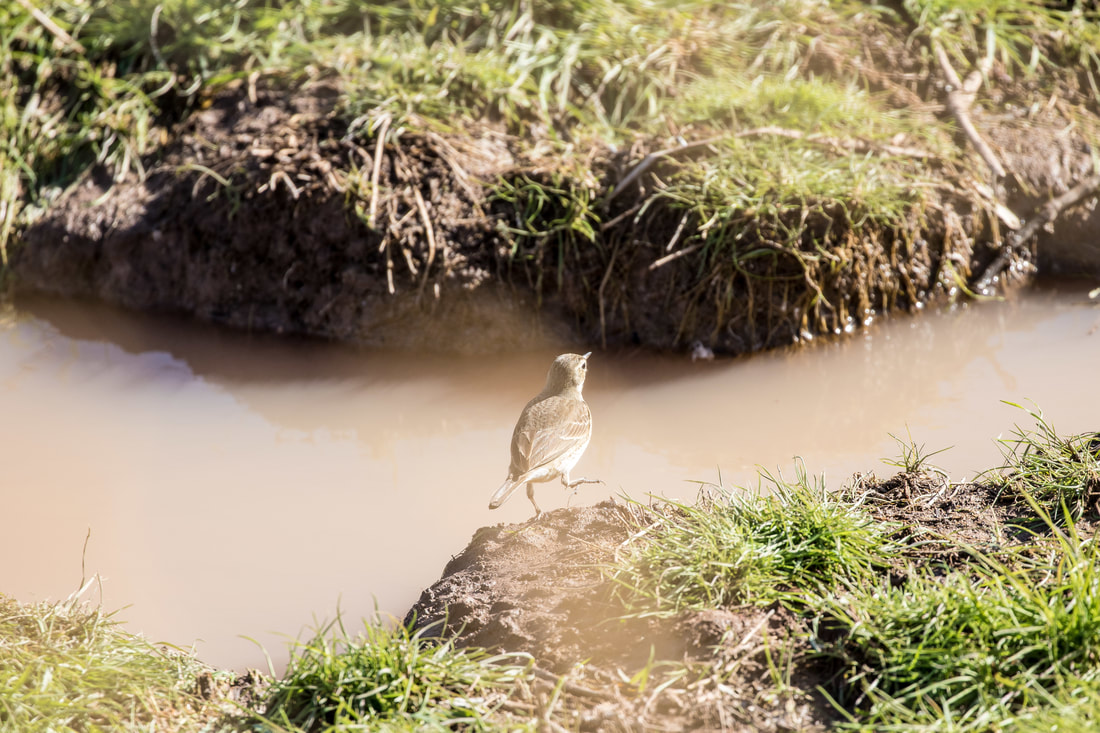
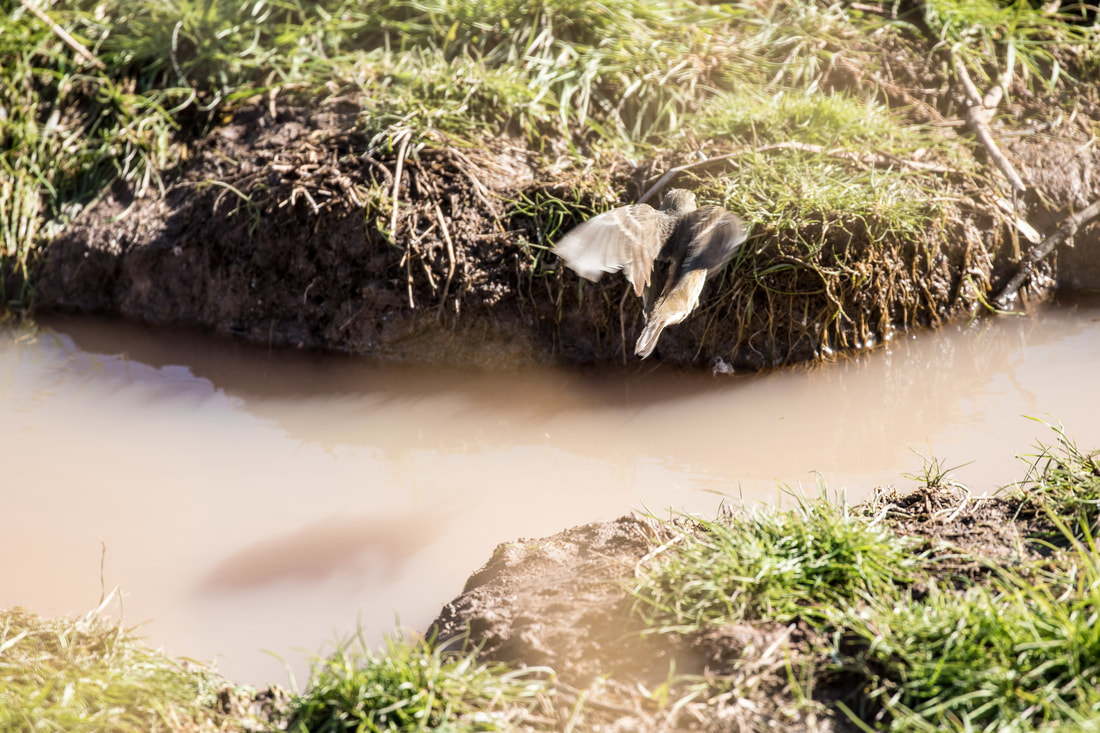
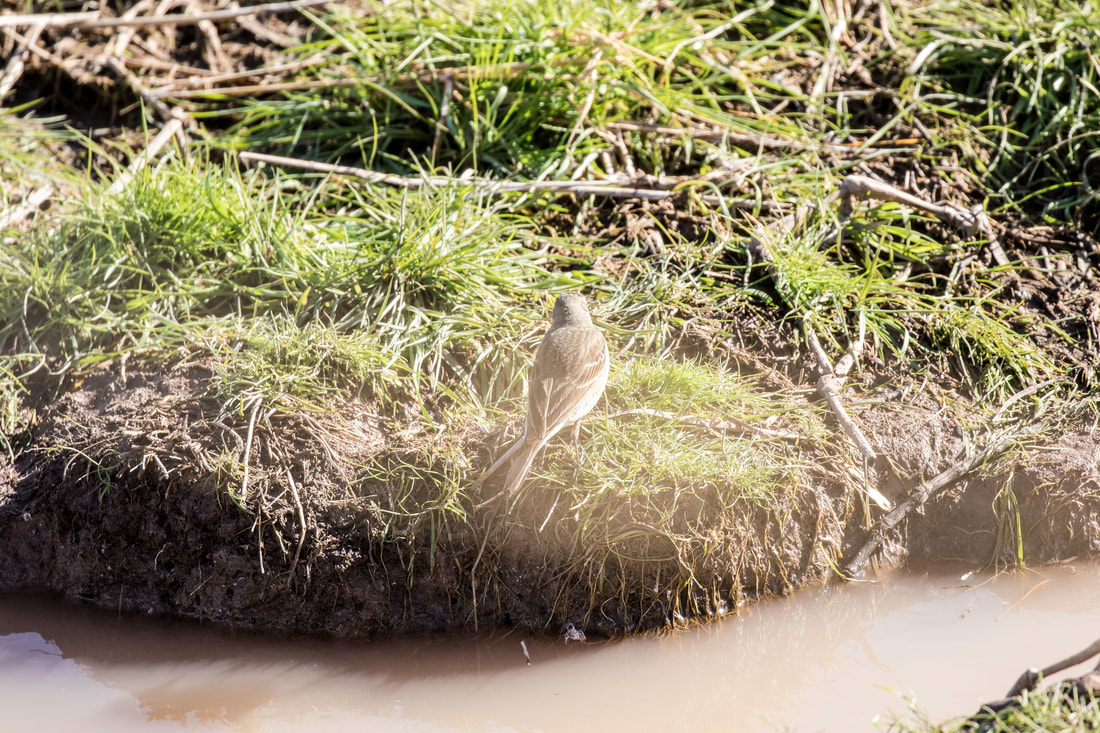
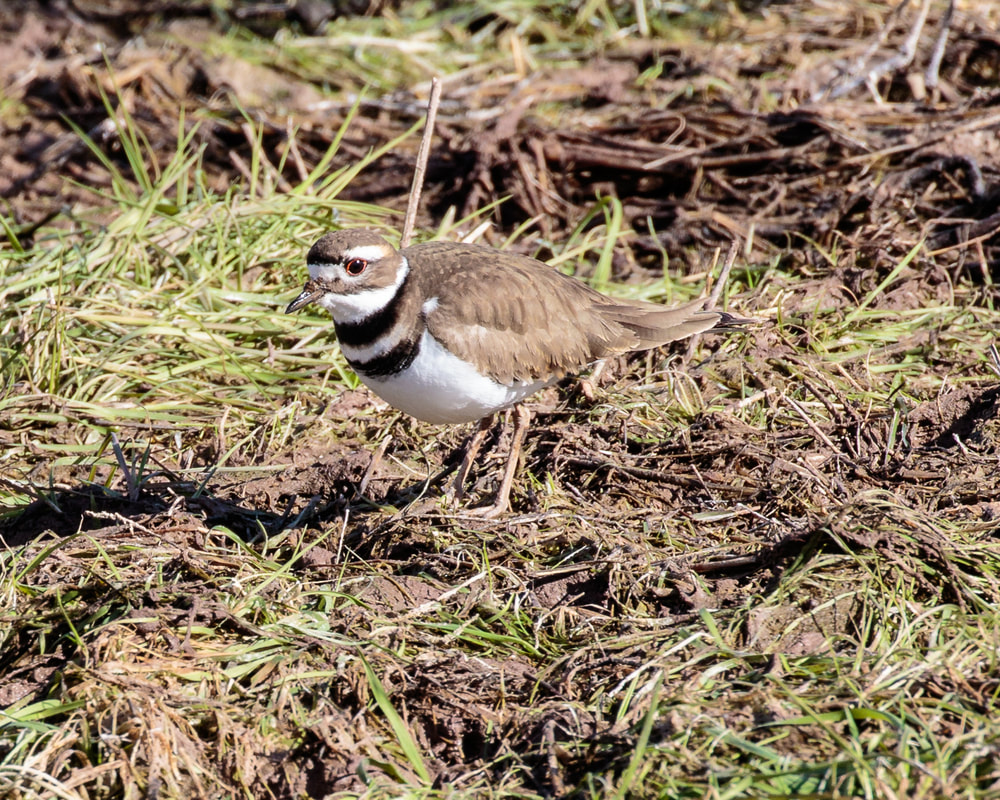
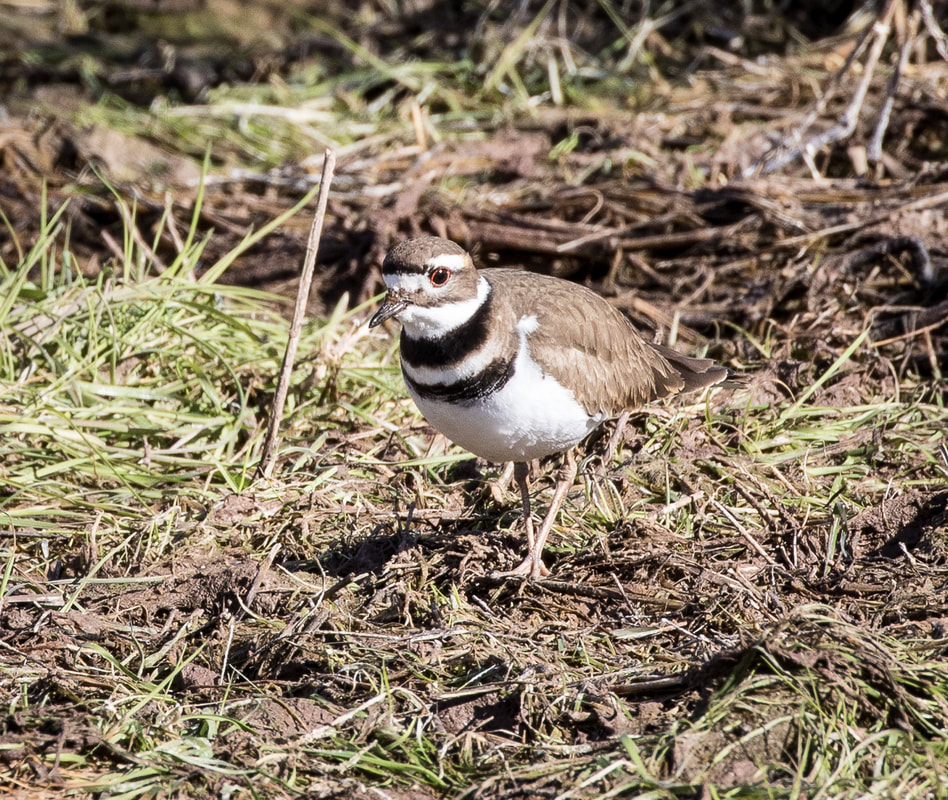
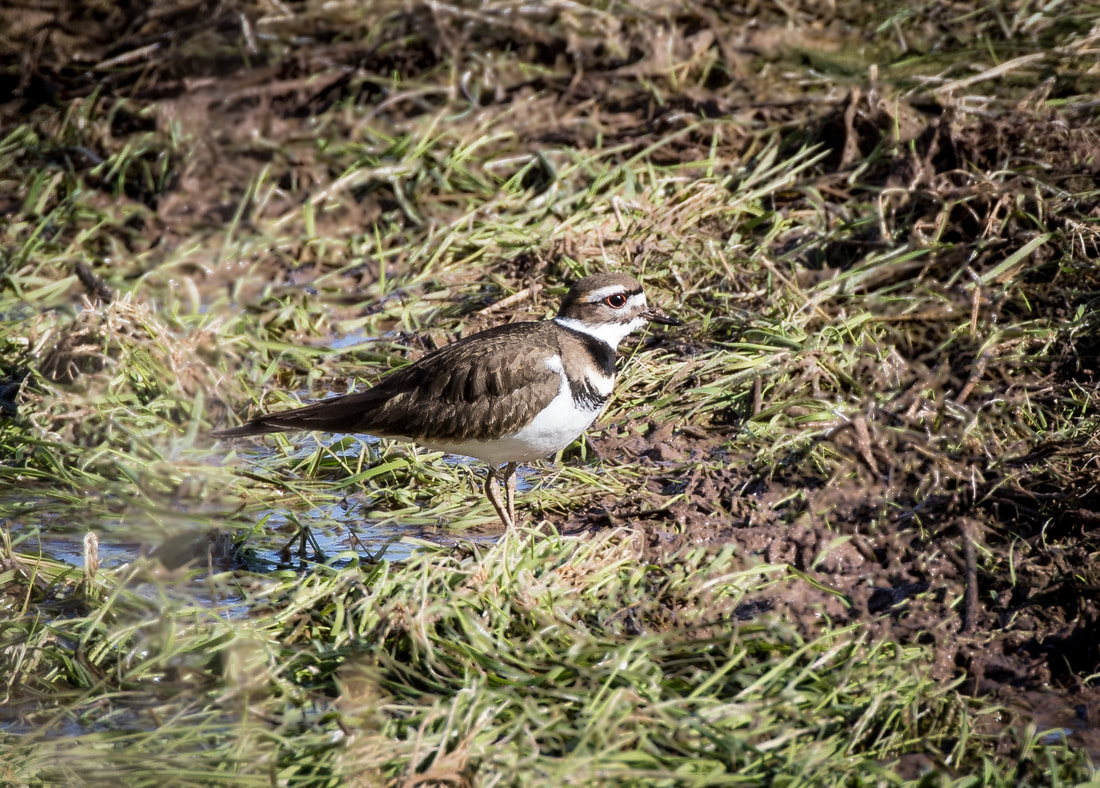
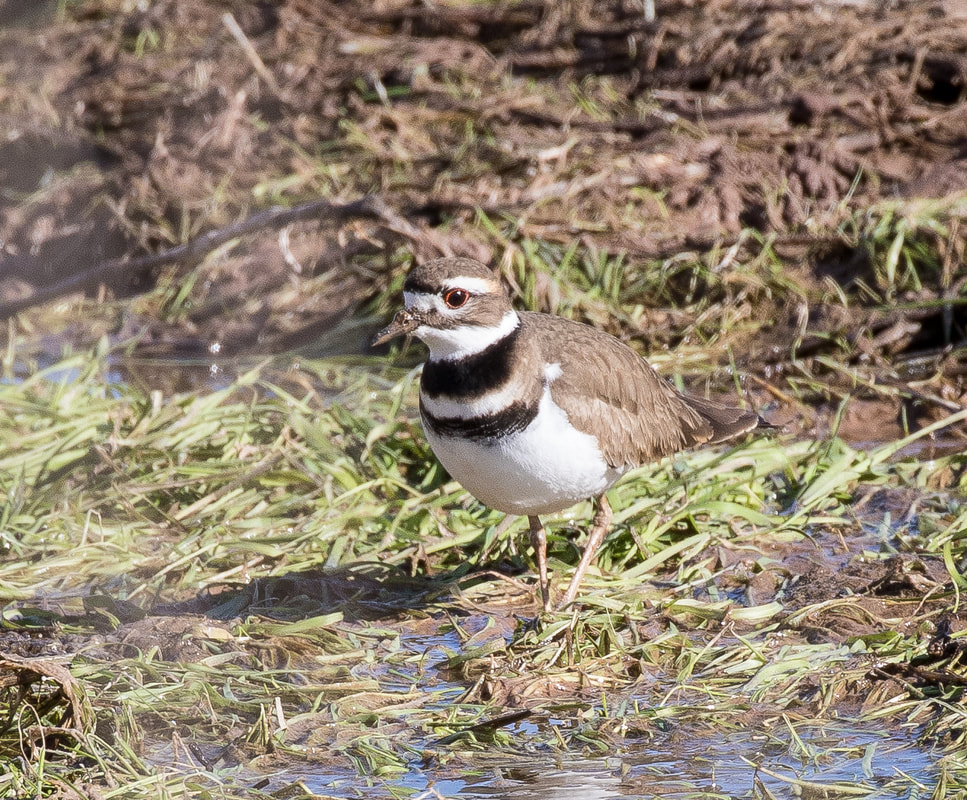
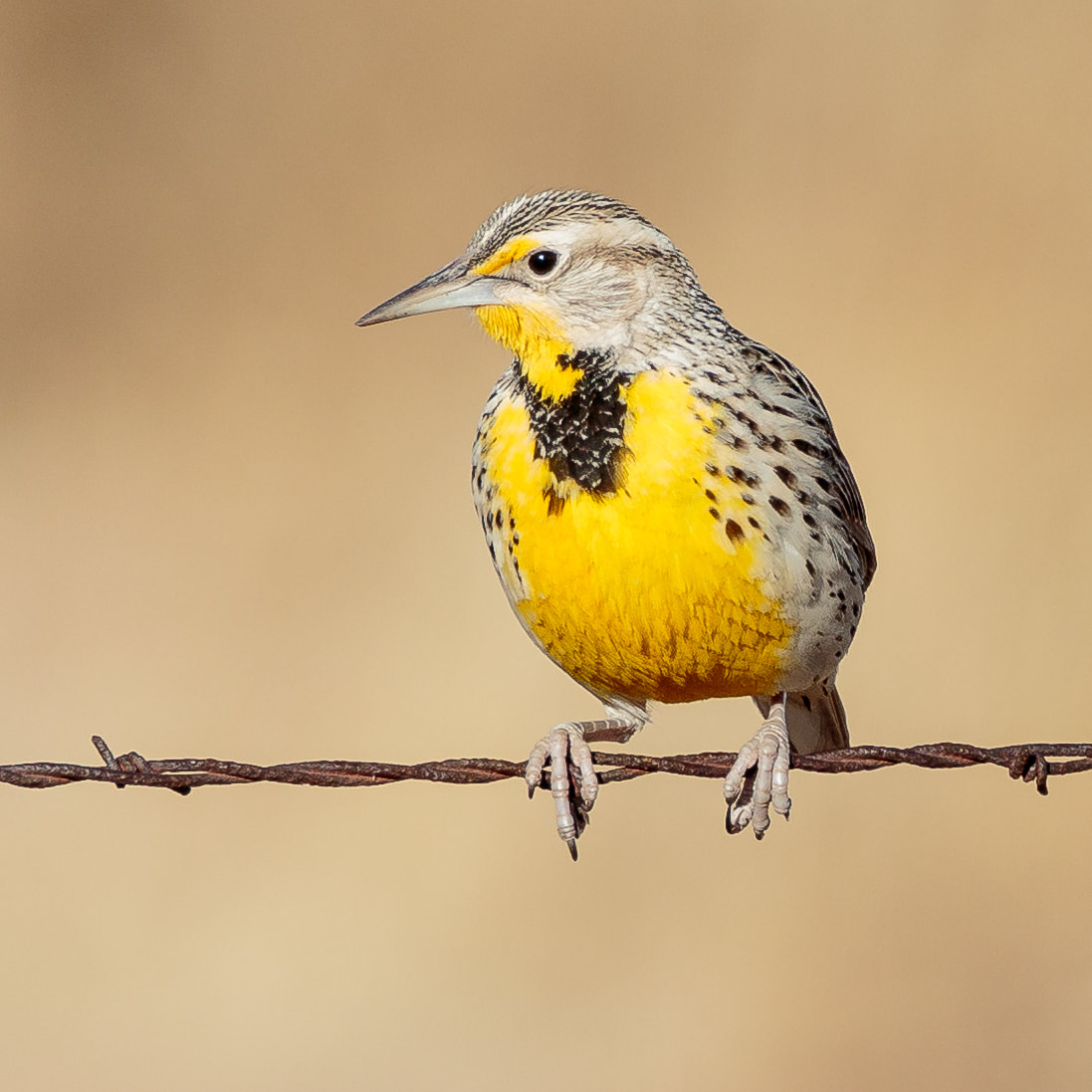
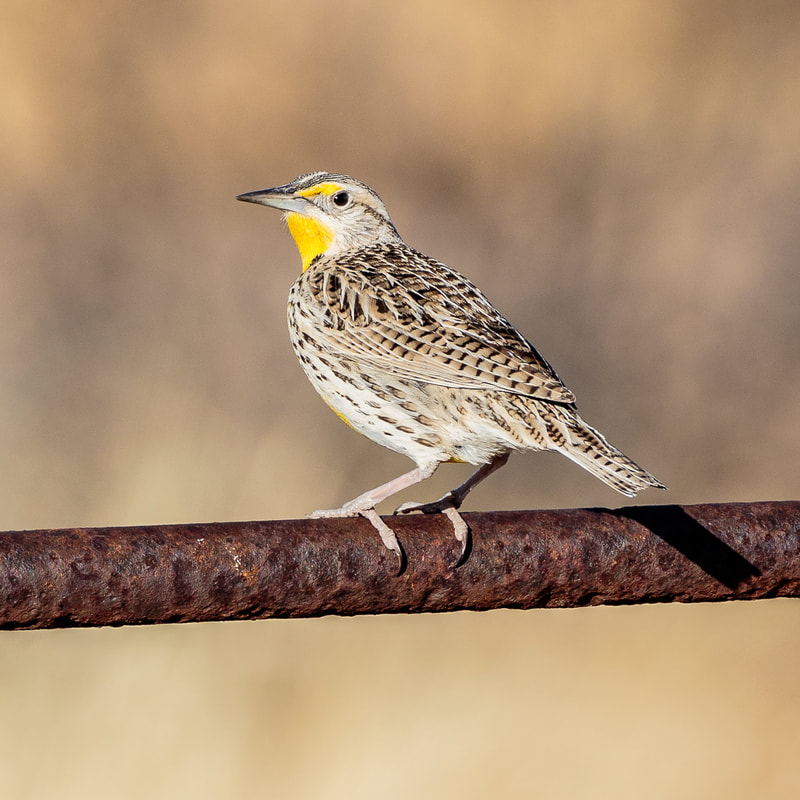
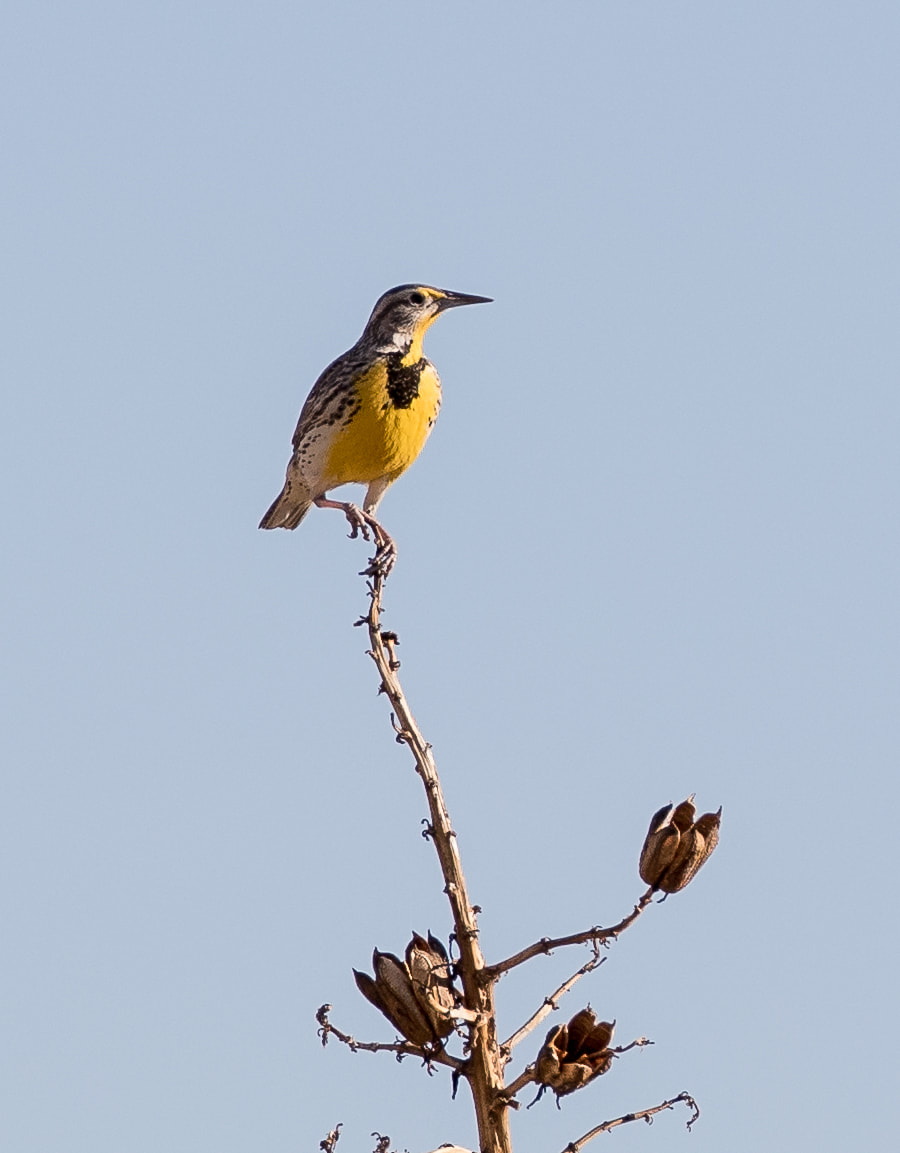
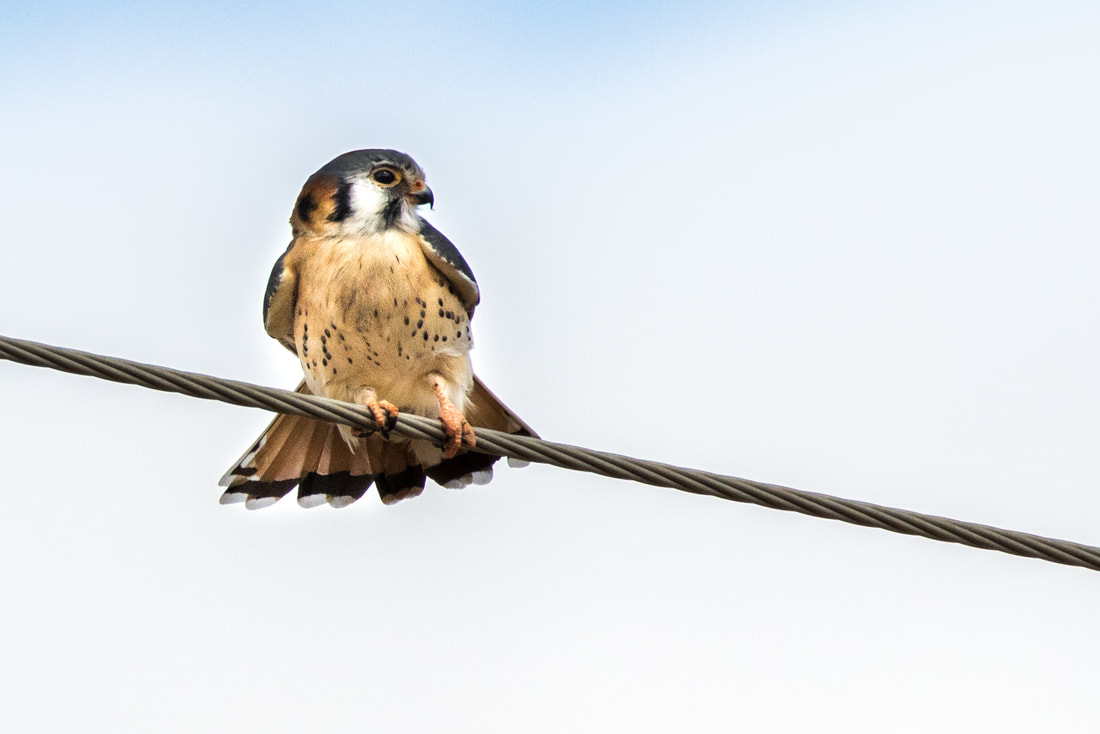
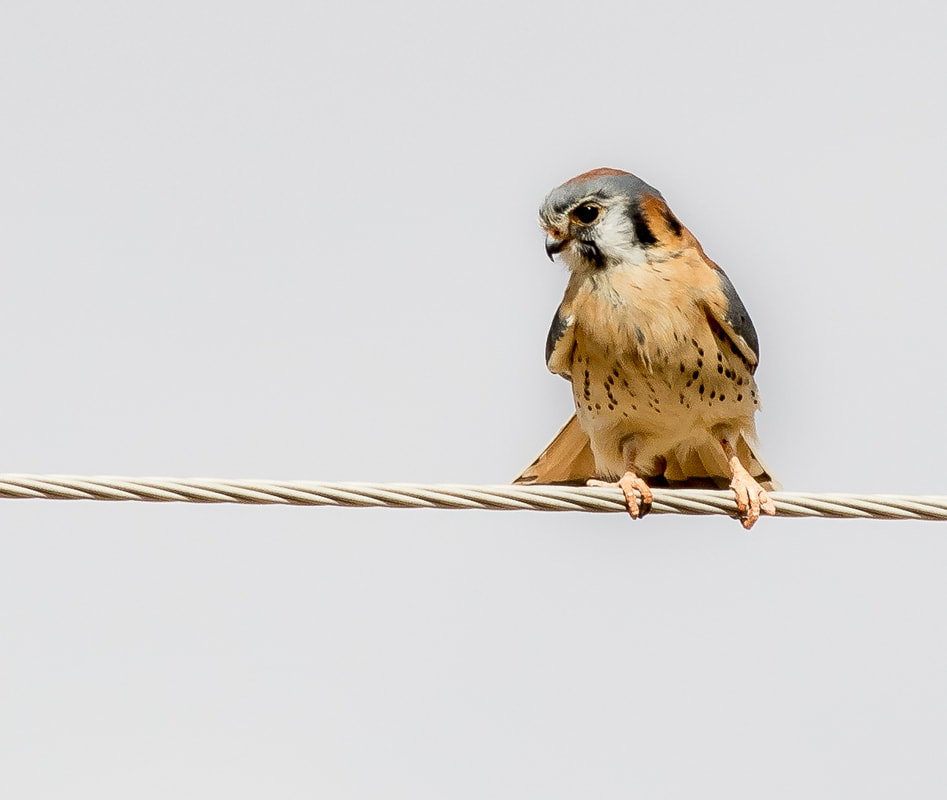
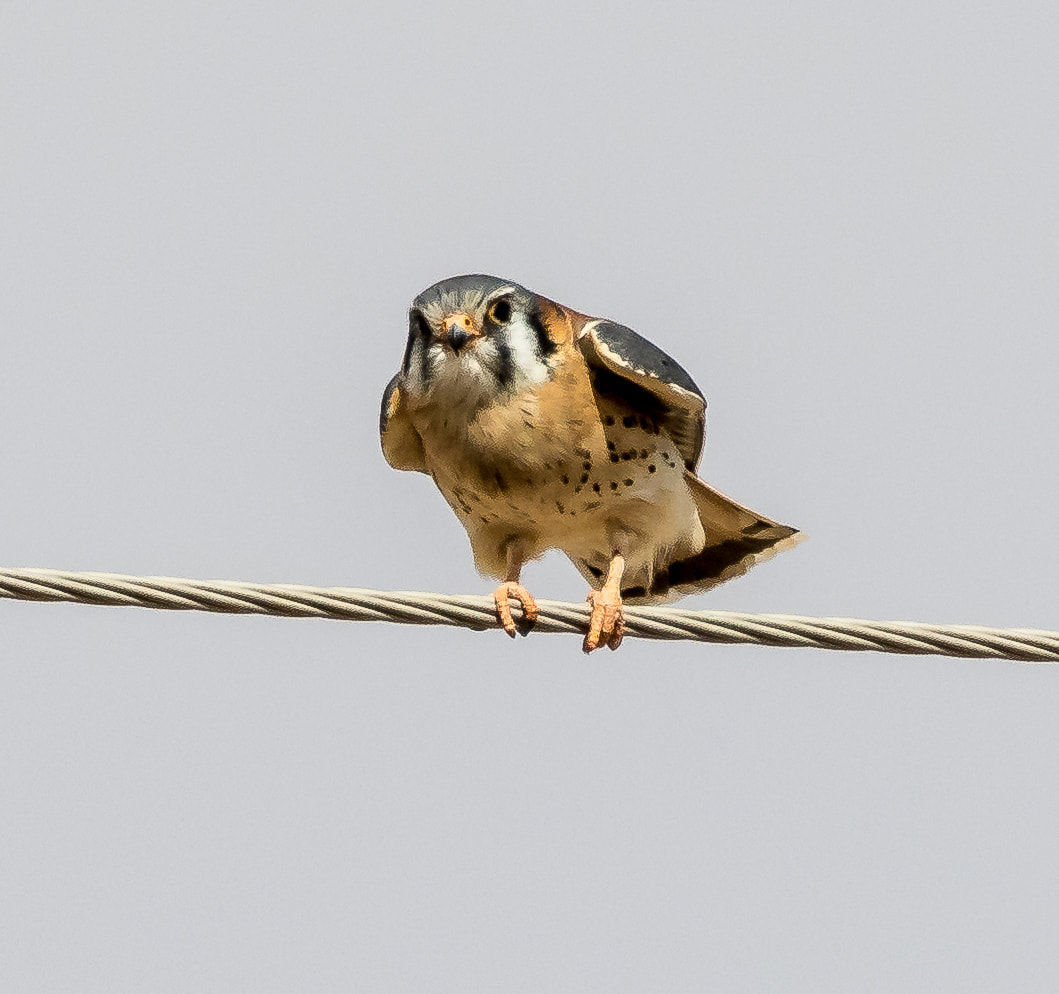
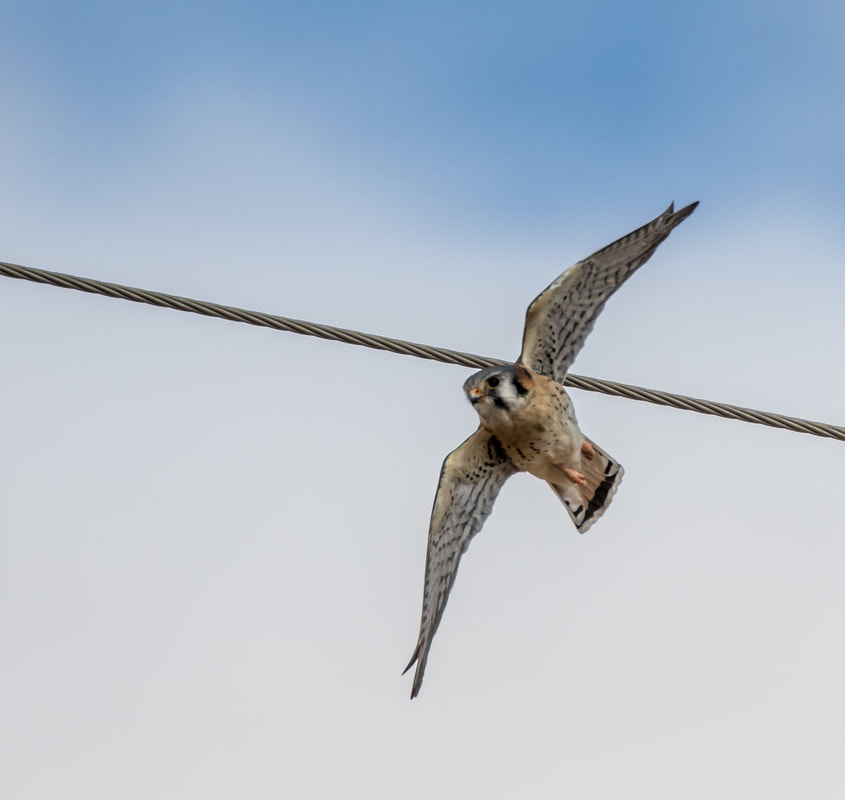
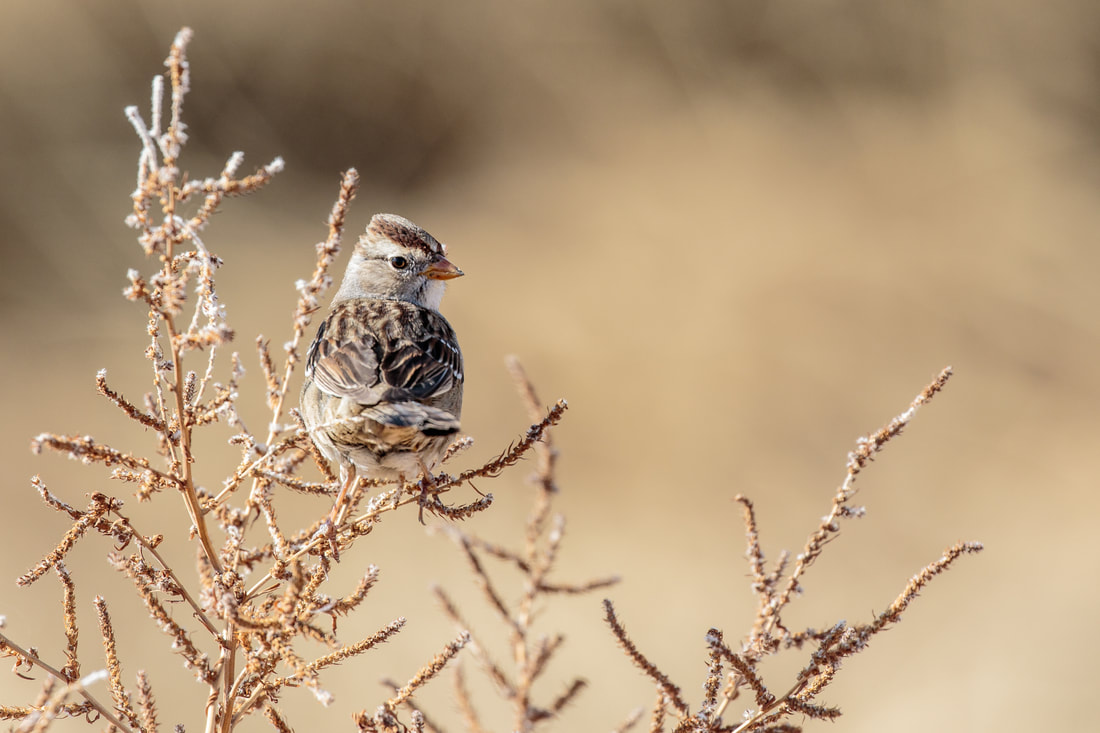
 RSS Feed
RSS Feed